Why Do Horses Have A Bit In Their Mouth- unraveling the mystery!!
Sep 11, 2023 | Super Equestrian
.jpg)
Picture a majestic horse, its mane flowing in the wind, as it gallops across an open field. Now imagine a small metal object clamped between its teeth. This object is a “bit”, a tool that has been used in horse riding for centuries.
But why do horses have a bit in their mouth? Is it necessary, or is it a cruel tradition? In this article, we will explore the fascinating world of horse bits and answer the age-old question: why do horses have a bit in their mouth?
The use of bits in horseback riding has been around for thousands of years.
The bit is a metal bar or rod that is put into a horse's mouth and attached to the reins. The rider can speak with the horse and influence its movements by pulling on the reins. While the usage of bits has become a contentious issue in recent years, it remains an important instrument in equestrianism.
The purpose of this article is to explore why horses wear bits, and how their usage has impacted our relationship with them.
We will discuss why horses wear bits and how the use of bits has changed over time, as well as the negative effects that bits can have on horses and alternative approaches to bitless riding. Finally, we will provide safety tips for riders who choose to use bits, to ensure that they are used safely and humanely.
The Evolution of Horse Riding and the Role of Bits
As humans, we have shared a mystical bond with horses for centuries. These amazing creatures have been our companions, carriers, and partners in the most difficult of tasks. Have you ever considered how equestrian riding has evolved throughout time?
How did we converse with these creatures to form such a strong bond? The solution lies in the mysterious realm of horse bits, an intriguing area that has molded human relationships with horses from the dawn of time.
For thousands of years, bits have been an essential aspect of horseback riding, acting as a form of communication between rider and horse.
They've been used to train horses to respond to cues and signals, and they've evolved over time to become an important part of modern equestrianism.
Throughout history, there have been various types of horse bits, from simple rawhide to complex designs. Including, simple snaffle, pelham, mullen mouth, kimberwick, combination, gag, and others bits. The type of bit used depends on the rider's needs and the horse's temperament and training level.
Modern horse bit designs have progressed significantly from ancient designs, becoming more complex and humane. Curves, joints, and new materials like rubber and plastic have been used by designers to make them more suitable for the horse's mouth.
Modern bits have evolved in response to a desire to increase the horse's comfort and well-being while still allowing for good communication between horse and rider.
It is impossible to describe this small metal piece in a few lines!! So, if you want to learn more about bit history, type, and design, then visit this site Bit (Horse), and explore more!
The Significance of Using Bits in Horse Training
Humans have devised a range of tools, including bits, to efficiently train these amazing creatures for certain purposes. These little metal objects have become a common sight in horseback riding and training, but what is their significance?
Bits are widely used in horse training, and they may greatly increase the trainer's ability to interact with the animal and teach desirable actions.
Here are some of the most important advantages of using bits-
- Encouraging submission and responsiveness: Using bits can encourage a horse to become more obedient to its handler's directions and more responsive to its rider's cues.
- Establishing control and direction: Bits allow riders to direct and control the horse's movements, allowing them to lead the animal precisely where they want to go while also preventing the horse from straying off.
- Developing balance and carriage: The correct use of bits assists the horse in developing the balance and carriage required for a smooth and pleasant ride. A horse that can handle itself adequately will be less prone to physical problems in the future.
- Building strength and suppleness: Using the bit correctly may assist the horse's jaw and neck muscle development, which in turn improves their general strength and flexibility. This results in improved movement, greater agility, and a stronger, calmer horse.
- Developing a skilled and sensitive touch: The usage of bits requires the rider's delicate touch and expert hands. A rider who effectively utilizes bits will acquire a more refined touch and higher sensitivity over time, allowing for more efficient leadership with the horse.
Now we can see how bits are important in horse training. But is it only used in physical development? Of course not!! It also plays a crucial role in psychological development such as horse-human communication. Let's move on to the next section and dive deeper into this aspect of using bits!
Understanding Equine Communication through the Use of Bits
A good partnership requires effective communication between horse and rider. Understanding equine interaction includes not just learning horse language but also using the necessary tools to ease such connection. The use of bits in equestrian riding affects the interaction between the horse and the rider.
In this part, we'll look at how using bits may improve equine communication and build a stronger relationship between horse and rider.
- Pressure and release as a communication tool: Riders connect with their horses using bit pressure and release methods. They may teach their horses to understand and obey orders by pressuring it and releasing it on the horse’s responses.
- Understanding the horse's responses to the bit: Horses communicate through body language, and their reactions to the bit can aid to express their thoughts and feelings. Riders can obtain a better grasp of a horse's emotional state by observing them closely.
- Combining the bit with other aids for communication: Bits are a crucial communication instrument, yet they are not the only one. Riders may communicate with their horses more effectively by combining bits with other aids such as reins, and leg aids.
- Adjusting communication due to the horse's feedback: Good communication is a two-way street. Riders must pay attention to their horses' feedback and modify their communication technique as needed. In this way, riders can develop a close bond with their horses.
- Building a partnership based on trust and respect: Mutual respect and trust are required for effective horse interaction. Riders may establish a relationship with their horses using bits as a communication tool and paying close attention to their horse's behavior.
However, it is important to note that using bits in horse training and communication has potential risks and drawbacks. We'll go over some details in the following section.
The negative side of using bits in horse’s mouth
We fail to fulfill our role as guardians when we sacrifice the welfare of our equine friends for our convenience or enjoyment. This is especially true when it comes to the contentious usage of bits in the mouth of a horse.
Improper bits can cause discomfort, pain, and even harm to the horse's mouth. These are some of the possible hazards and disadvantages of using bits in a horse's mouth.
- Discomfort or pain for the horse: Bits can cause the horse discomfort or even pain. Rubbing the horse's delicate facial tissue can lead to inflammation and soreness.
- Risk of injury: Improper bit usage can also result in significant damage to the horse's mouth, such as cuts, bruises, and even broken teeth. The horse's tongue or jaw may also be injured in certain situations.
- Dependence on the bit for control: Over-reliance on the bit for control might potentially be an issue. Horses can grow reliant on the bit and lose response to other cues, making communication difficult for riders.
- Limitations on the horse's natural movements: Bits can also restrict the horse's normal movements and habits, causing discomfort and frustration. Horses may become stubborn or even aggressive, resulting in poor horse interaction.
Ensuring Safe and Humane Use of Bits in Horse’s Mouth
True horsemanship is not about control, but about building a trusting and respectful partnership. To achieve this collaboration, we must focus on the safety and humane use of bits. Here are a few tips for keeping horses safe while putting bits in their mouths:
- Proper fitting and adjustment of the bit: To avoid pain or discomfort, the bit should fit comfortably in the horse's mouth and be properly adjusted.
- Regular maintenance of the bit: Assessing the bit for damage or wear and tear, and cleaning it after each usage might help avoid injury or infection to the horse.
- Use of rein aids and body language: Make sure to use rein aids, and calm, consistent cues to control the horse's movements and avoid harsh or unexpected motions that might cause stress or confusion.
- Proper training and education of the rider: To avoid causing pain or harm to the horse, riders should learn their physiology and behavior, as well as safe riding practices.
Bitless Riding Techniques: Alternative Approaches
Here we’ve mentioned some alternative approaches for bitless riding which will make it more convenient for both rider and equines.
- Hackamores: Hackamores use a noseband to apply pressure on the horse's nose and jaw. It is an ideal choice for horses with sensitive mouths or poor bit experience.
- Bosals: It's made of rawhide or leather that uses a knotted noseband to apply pressure to the horse's face. It is used in combination with a headstall and reins.
- Sidepulls: It uses pressure on the horse's nose and has a noseband attached directly to reins. It is suitable for horses who are sensitive to bit pressure yet require rider cues.
- Dr. Cook's Bitless Bridle: It is an unique, gentle design that controls the horse by applying pressure to their face and poll. It has a noseband and headstall connected by straps over the horse's pole.
Conclusion
In horseback riding, bits are widely used to communicate with the horse and offer directional control. Yet, their usage might cause the horse discomfort and even suffering. It is our job as horse owners and riders to emphasize our horses' well-being and comfort.
Explore other communication techniques, such as bitless bridles, and seek expert advice to guarantee correct usage. Let us work together to make our equine companions' lives more pleasant and comfortable.
And please share in the comment if you have a different perspective about why horses have a bit in their mouth.
FAQs:
Q: Can bitless bridles be used for all types of riding?
A: Bitless bridles can be used for most types of riding, but some disciplines may require the use of a bit.
Q: Do all riders need to use a bit on their horse?
A: No, riders do not need to use a bit on their horse. Bitless bridles are a viable option for those who choose not to use a bit.
Q: How can I tell if my bit fits correctly?
A: A properly fitting bit should sit comfortably in the horse’s mouth without pinching or rubbing. You should be able to fit one or two fingers between the bit and the horse’s mouth at the corners.
Q: Are there any rules or regulations regarding the use of bits in horse shows or competitions?
A: Yes, most horse shows and competitions have rules and regulations regarding the use of bits. It is important to familiarize yourself with these rules before competing.
Q: What should I do if my horse is uncomfortable with a bit in their mouth?
A: If your horse is uncomfortable with a bit in their mouth, it may be time to consider using a bitless bridle. It is important to consult with a qualified trainer or equine professional for guidance on making the transition.
Recent Blogs
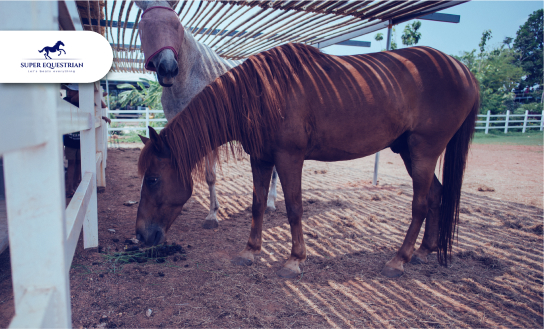
Common Equine Diseases and How ...

Equine Health Supplements: What Every ...
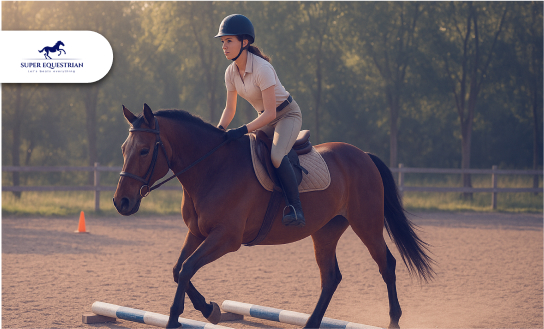
Jumping Basics: How to Prepare ...
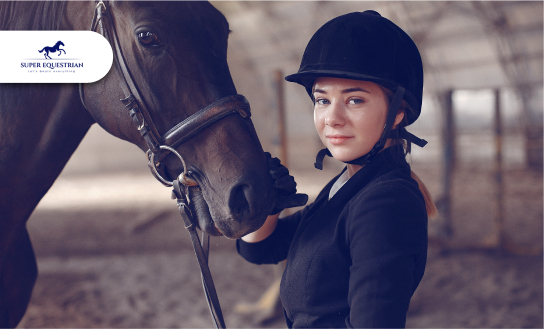
Essential Horse Riding Gear for ...
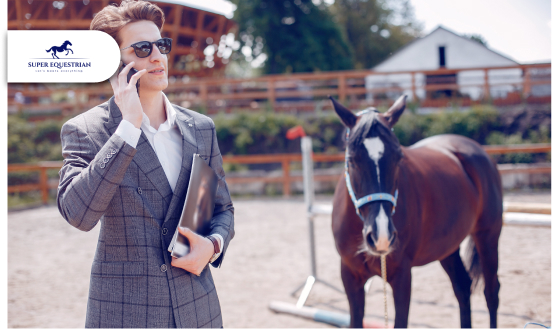
How to Balance Work, Life, ...

How to Balance Work, Life, ...
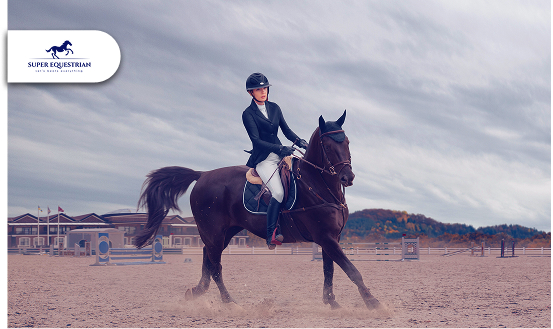
Top 5 Exercises to Improve ...
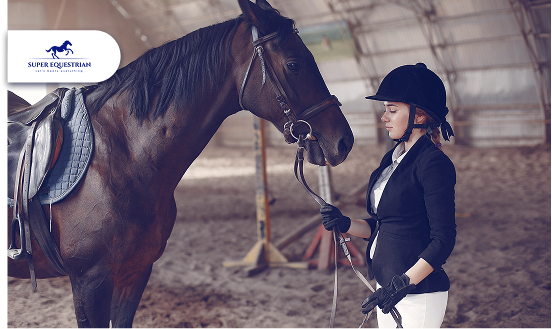
How to Build Confidence as ...

Spotlight on Equestrian Legends: Riders ...

Horse Auctions and Sales...

Top Horse Friendly Travel Destinations ...

How to Build Stronger Bonds ...

Upcoming Horse Shows and Competitions ...

MIPS Equestrian Helmet The Future ...
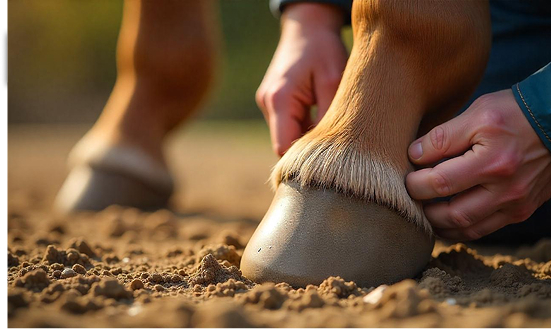
How to Recognize and Treat ...
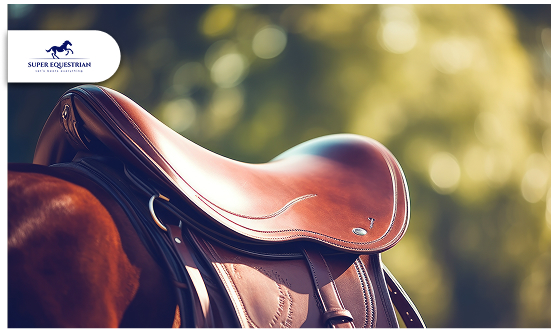
How to Choose the Perfect ...
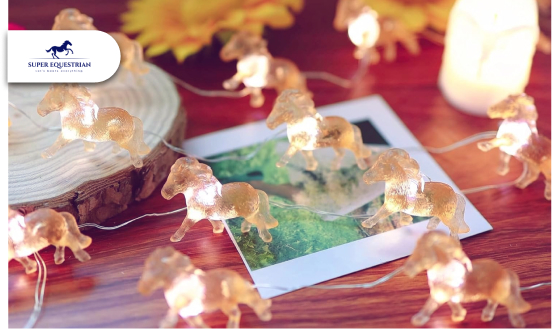
Horse-Themed Gifts Unique Ideas ...
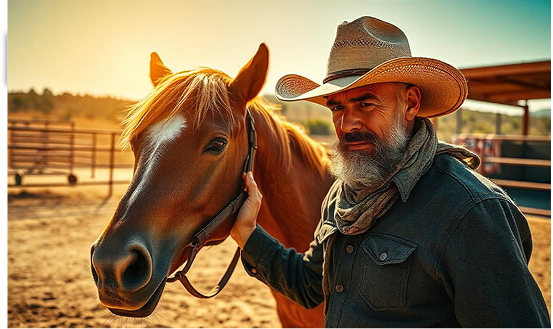
Horse Training Techniques: Creating A ...
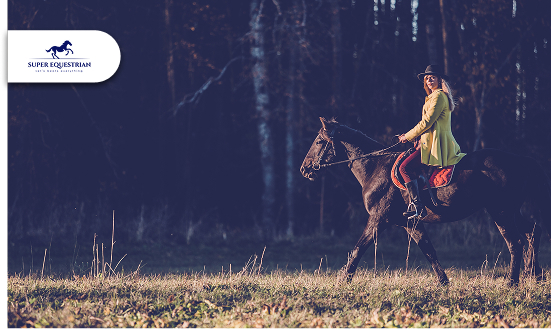
Horseback Riding Lessons – Everything You ...
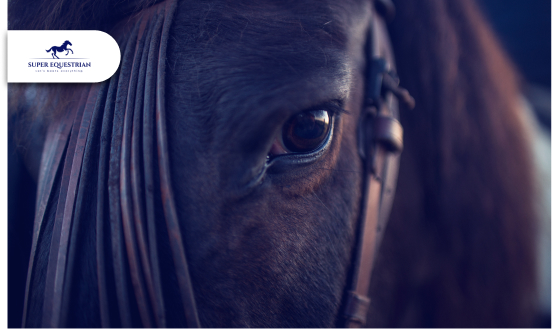
Horse Photography Tips: Learn the ...
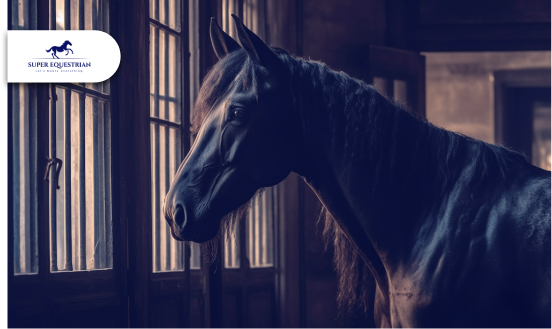
Horse Stable Management: The Quiet ...
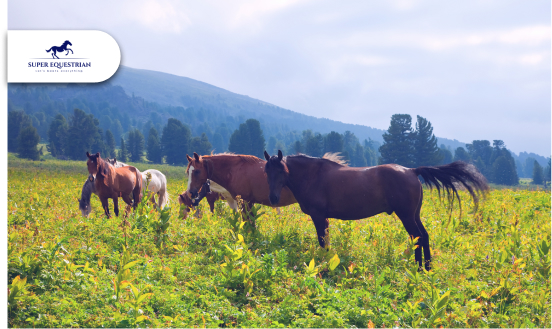
Horse Rescue Organizations: A Profound ...
Horse Racing Events A Look ...
Best Horse Manure Fork Six ...
What Are The Rarest Horses ...
What Does It Mean When ...
Horse Insurance Providers This Is ...

Horse Behaviour and Psychology: Learn ...

How Much Does a Horse ...
.jpg)
Best Monoflap Saddles For Your ...
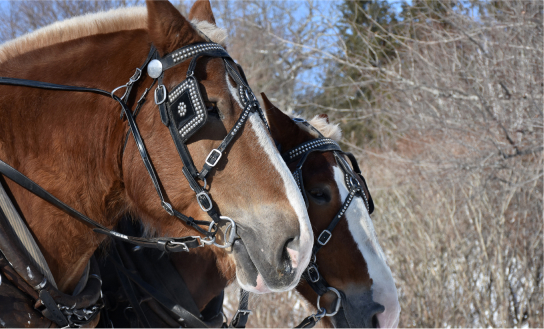
Best Hackamore For Barrel Racing...
.jpg)
Best Barrel Racing Reins Top ...
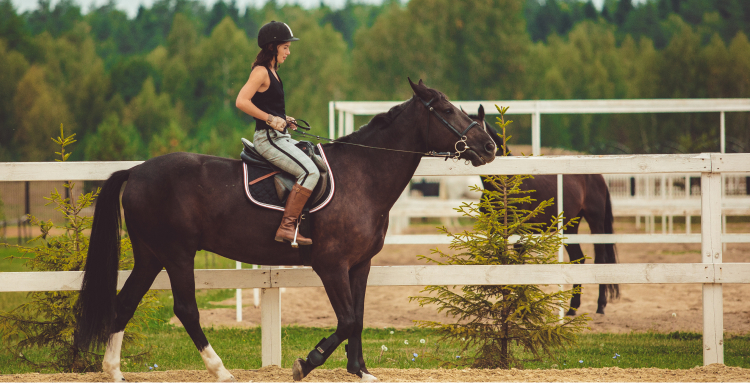
Horse Anatomy And Physiology: Facts ...
.jpg)
Best Stirrups For Ankle Pain - ...
.jpg)
Horse Care Tips and Tricks: ...
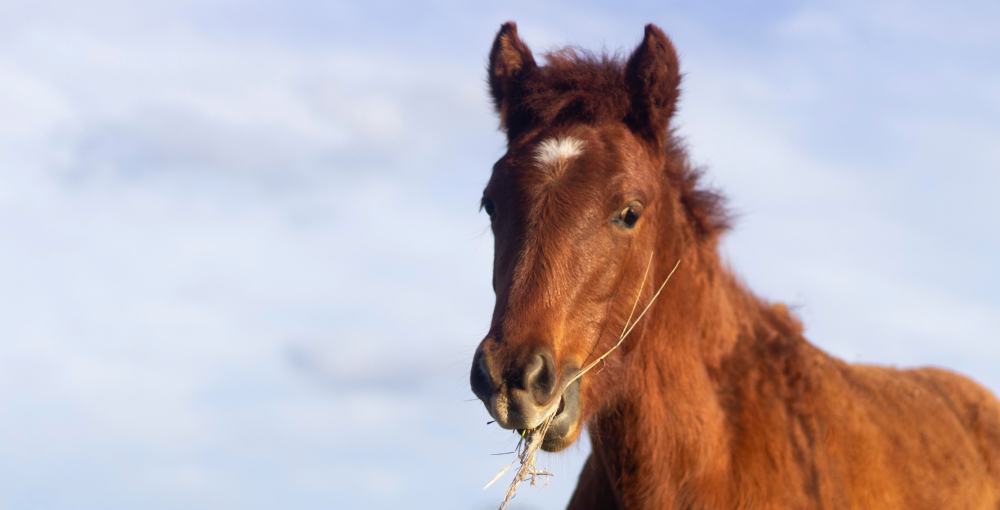
What Do Wild Horses Eat- ...
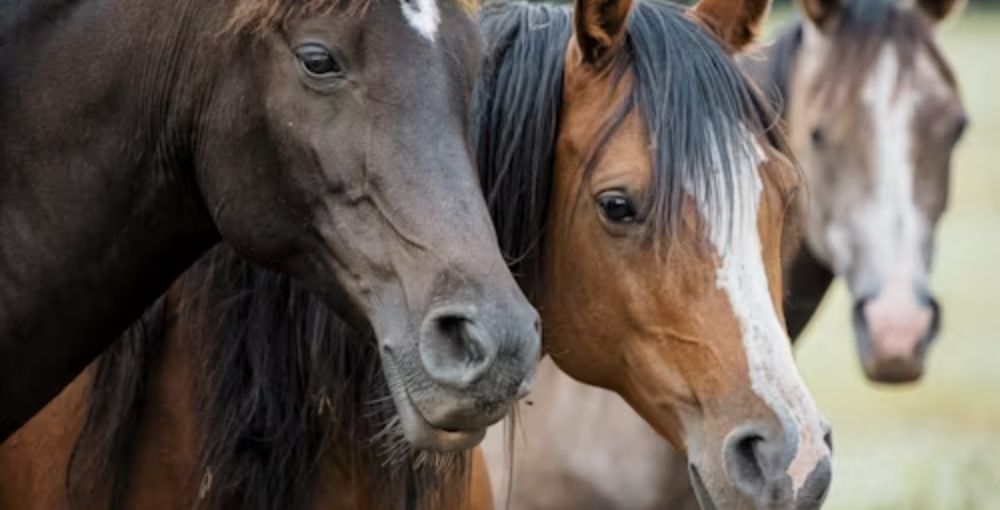
Horse Breeds and Characteristics: How ...
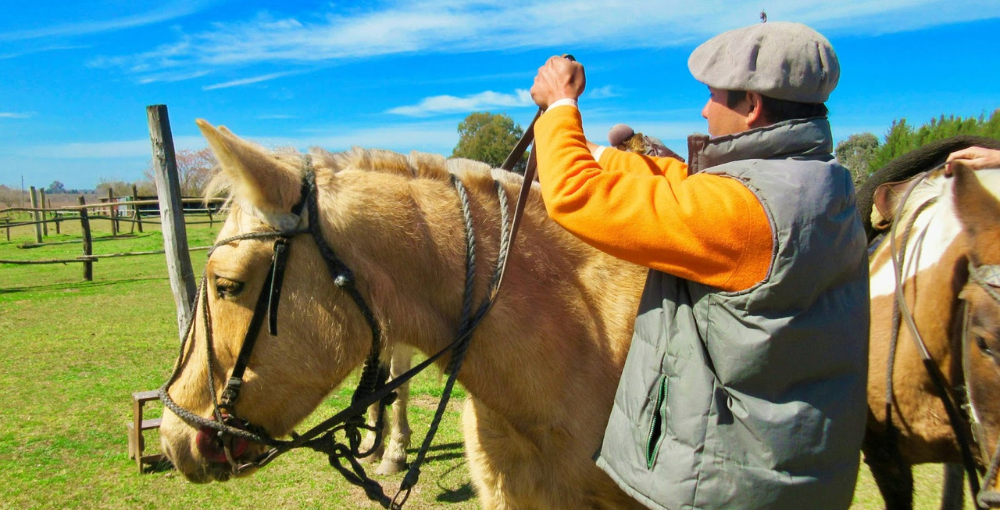
Best Barrel Racing Reins - Top ...

Horse Breeds and Characteristics: How ...
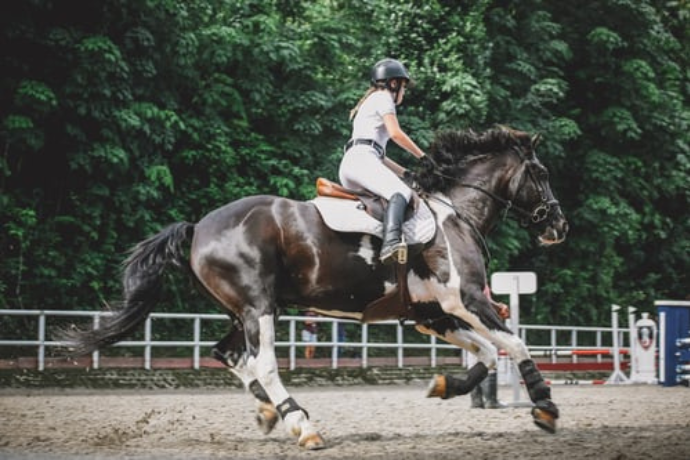
Best Breeches For Curvy Riders...
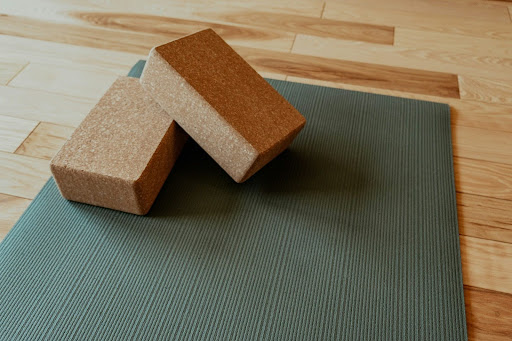
Best Stall Mats For Horses - ...

Best Horse Brushes ( A Thread ...

Best Saddle Rack ( Keep Your ...

Best Bit For Training a ...
.jpg)
10 Morgan Horse Show Held ...

Is Mason Sand Or Concrete ...
.jpg)
Best Girth For Your Horse ...
.jpg)
Ranch Cutter vs Cowhorse Saddle? ...
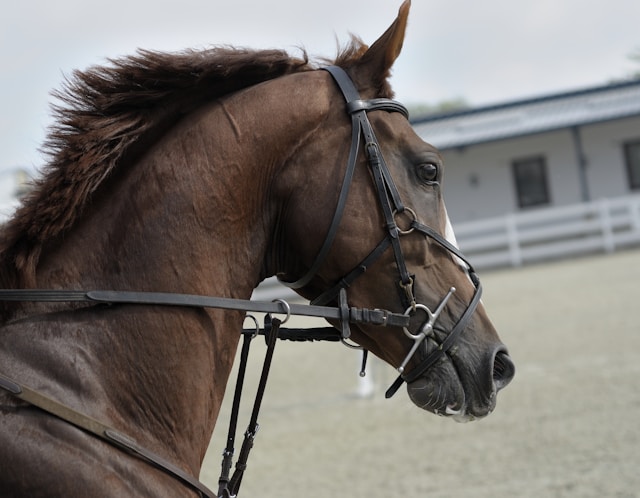
Types of Horse Bit and ...
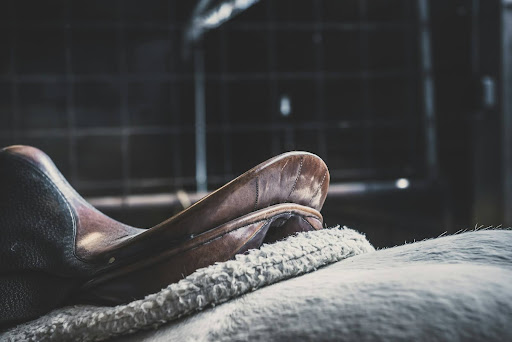
Is Hilason a Good Saddle ...
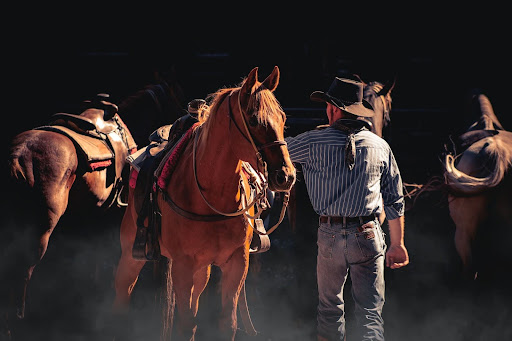
How to choose a bit ...
.jpg)
Best Salt Blocks For Horses...
.jpg)
Types of Horse Brushes (Equine ...

How To Get a Horse ...
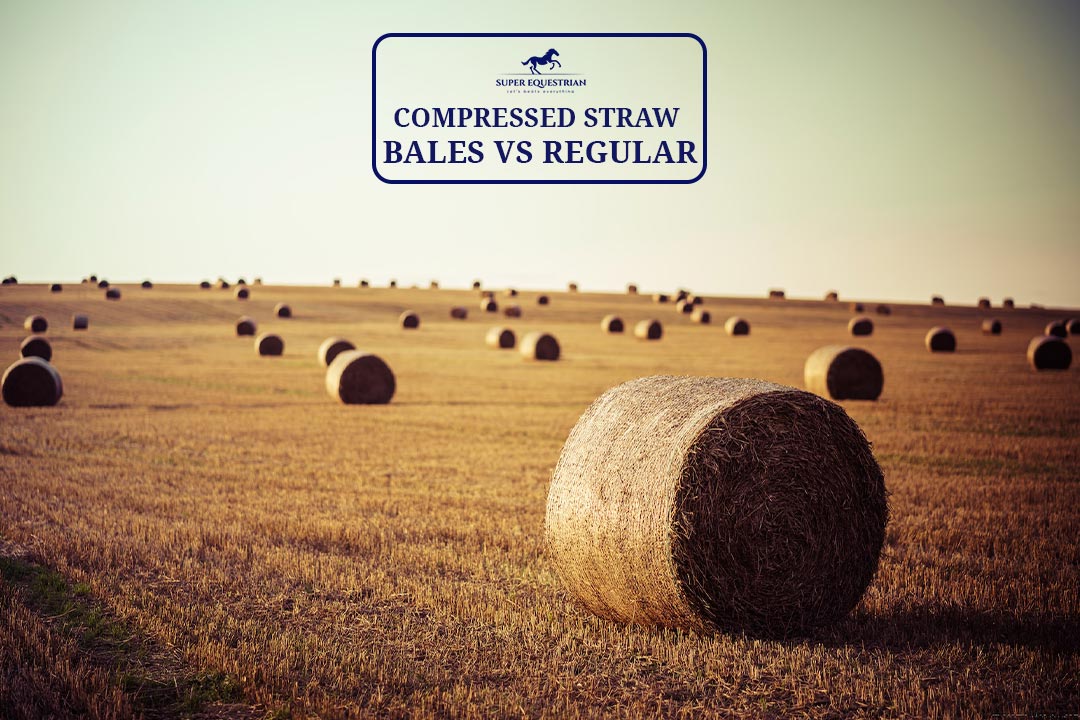
Compressed Straw Bales Vs Regular? ...
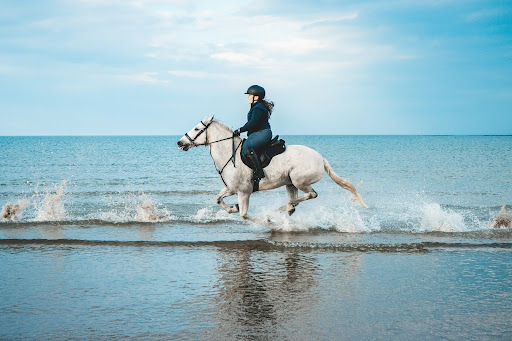
Horse Riding Lessons For Intermediate ...

Horse Trailer Brands To Avoid...

Strawberry Roan vs Red Roan? ...
.jpg)
Gelding vs Stallion...
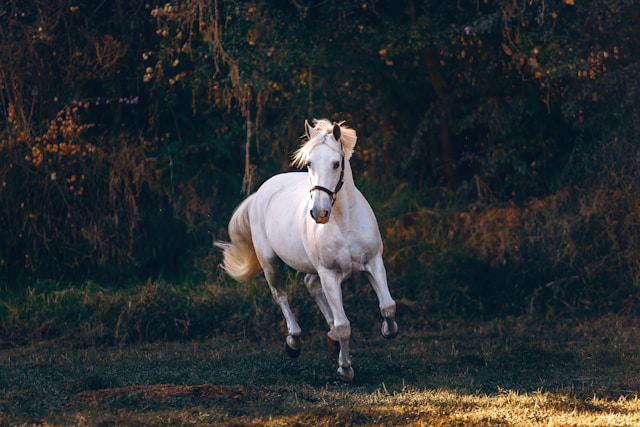
Why Does a Horse Whinny? ...
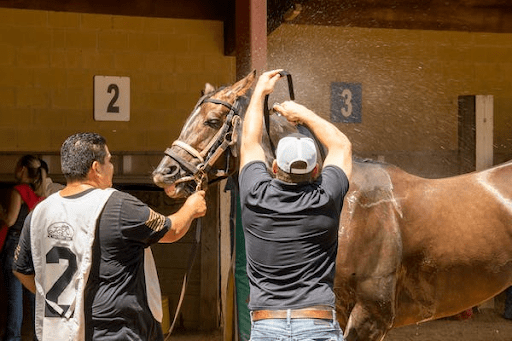
How to Clean a Rusty ...
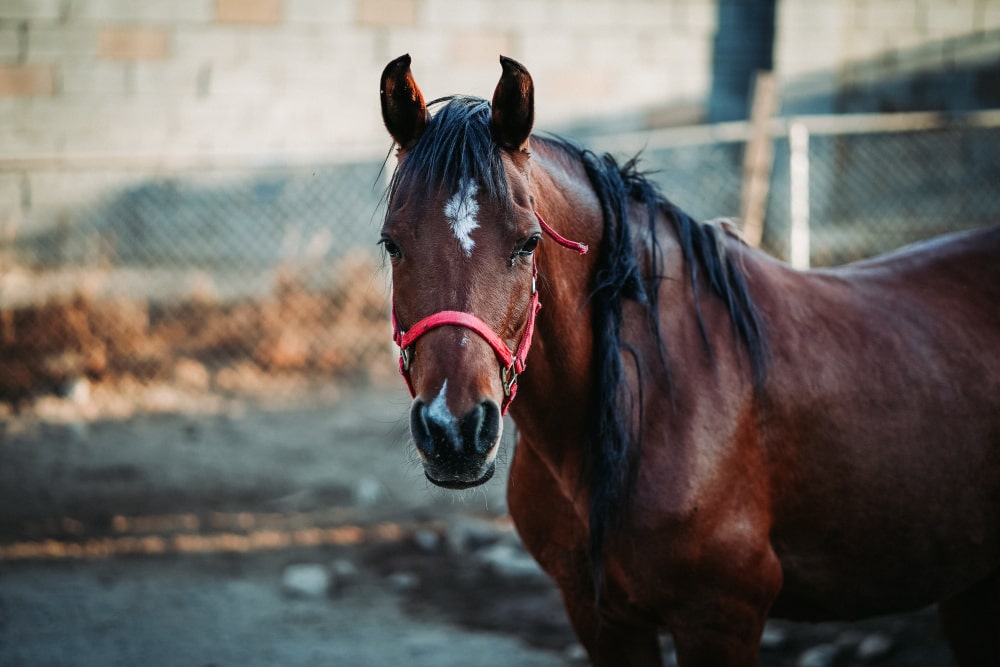
Why Do Horses Foam at ...
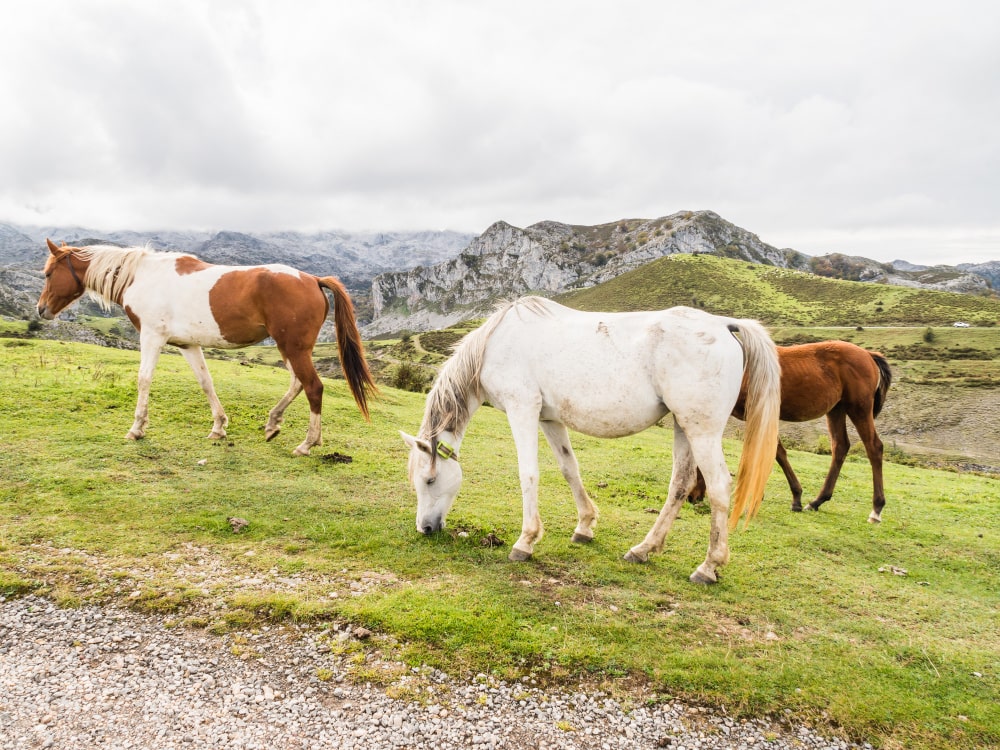
Why Do Horses Bob Their ...

Nutrition Unveiled: Triple Crown Senior ...
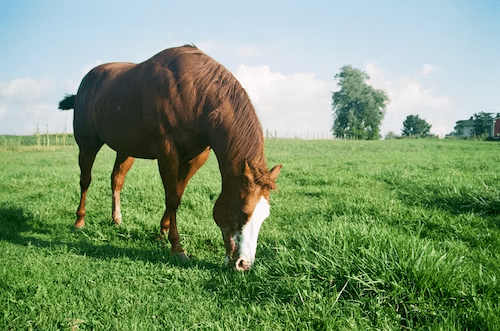
Pasture Pro Vs. Grazon: Horse-...
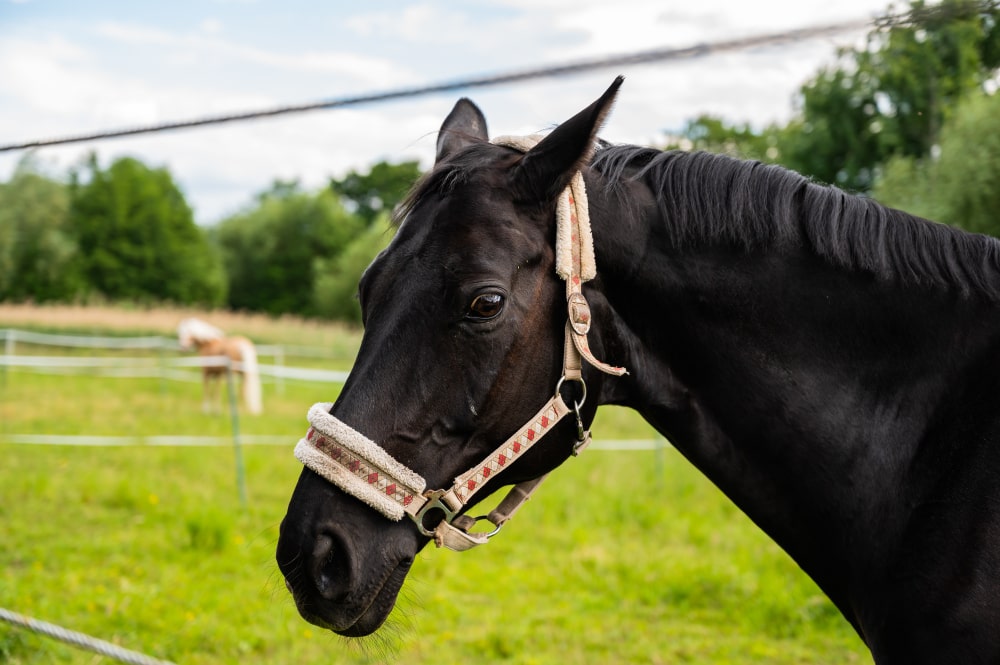
Dutch Gag Vs. Pelham: Bits ...
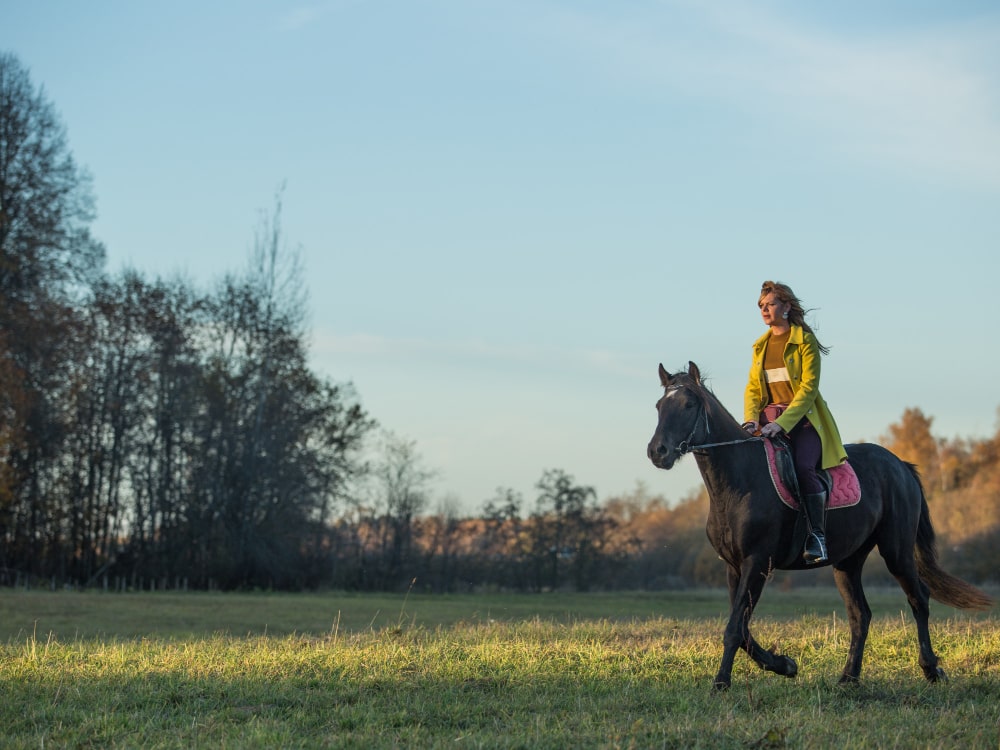
Walking Horse vs Racking Horse: ...
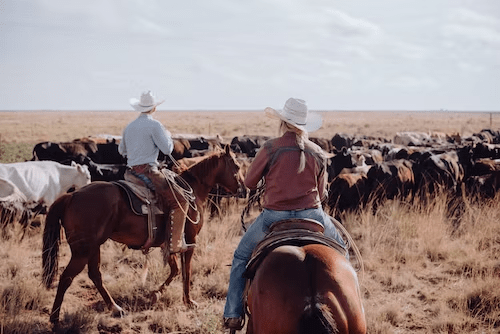
Wade vs Association Saddle: Your ...
.jpg)
Step Up vs Ramp Horse ...

Bosal vs Hackamore: A Head-...
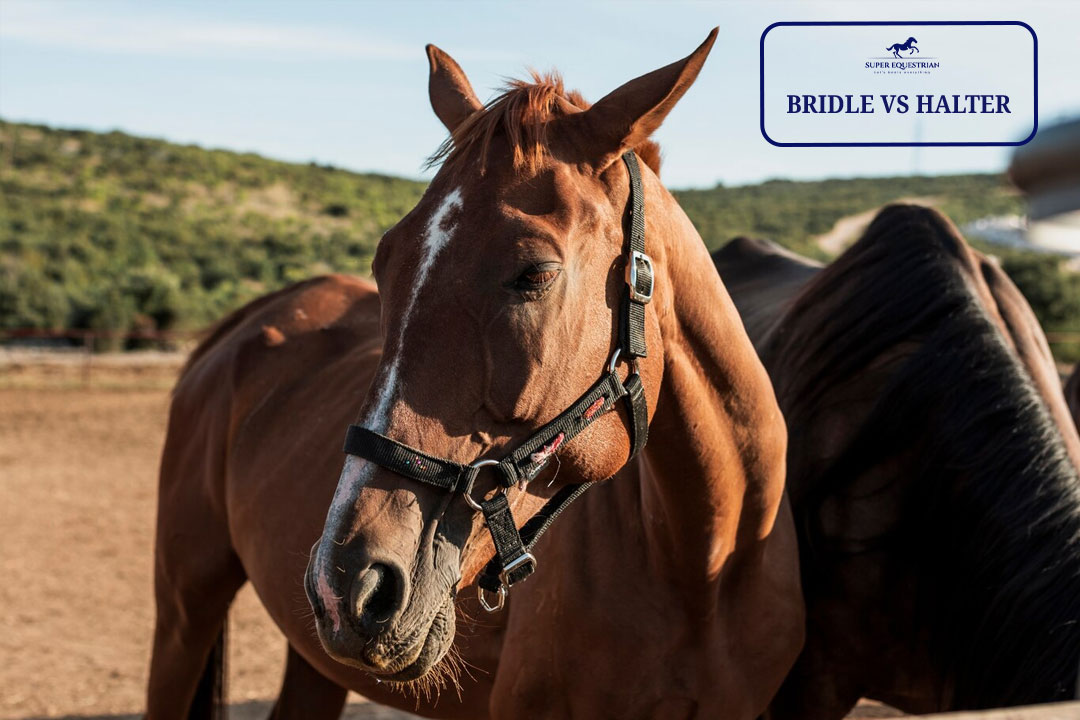
Bridle Vs Halter: Which One ...

Paddock Boots Vs Riding Boots: ...

Shadow Horse Trailer Problems: Causes, ...
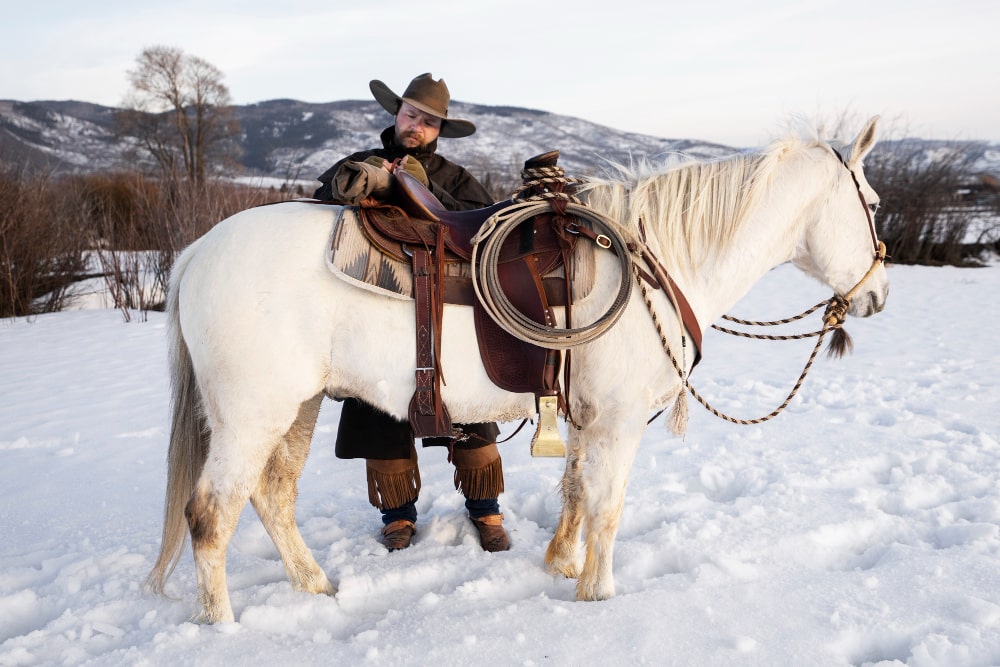
Are Billy Cook Saddles Good - ...

Let's Start at the ...
Benefits of Beet Pulp for ...
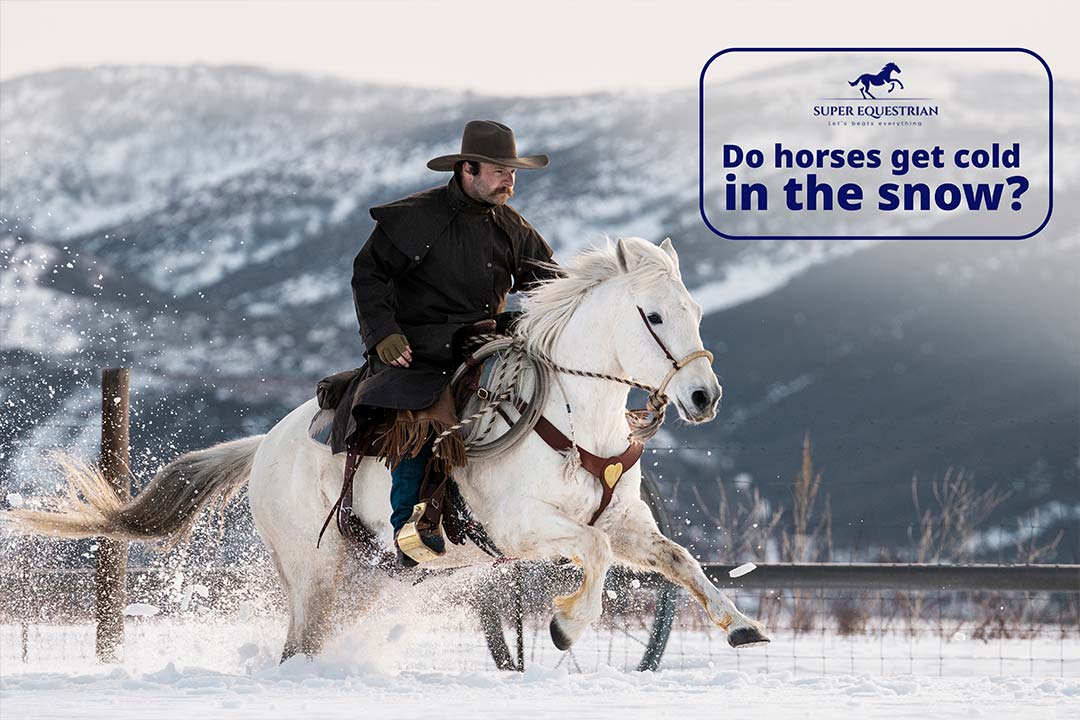
Do horses get cold in ...
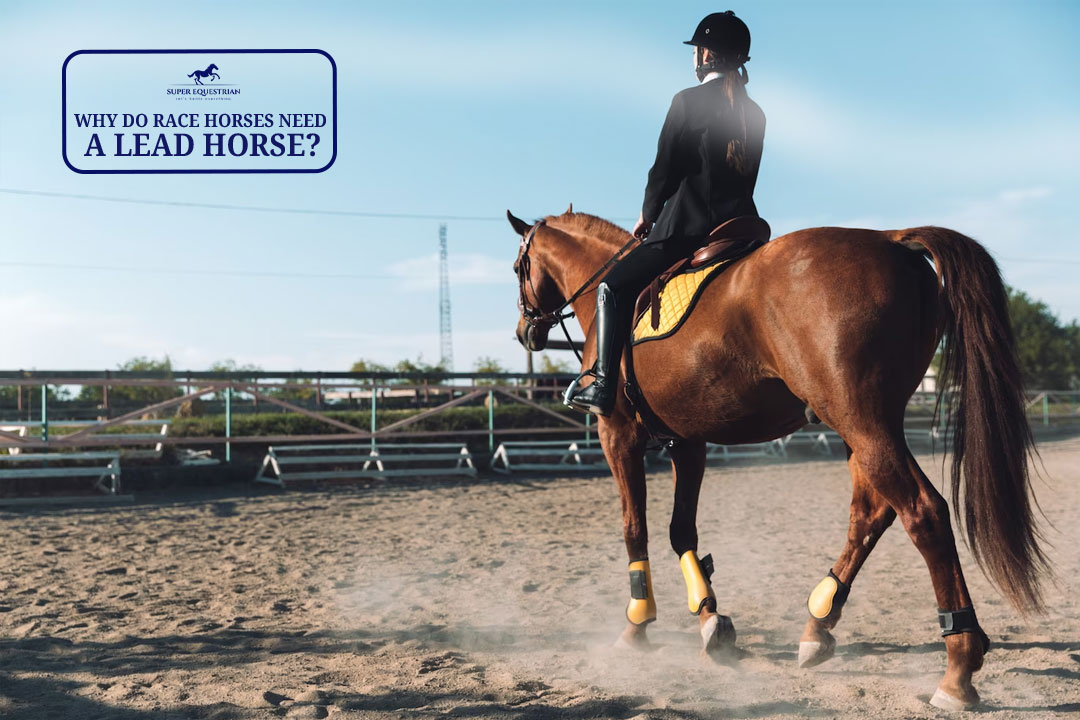
Why Do Race Horses Need ...
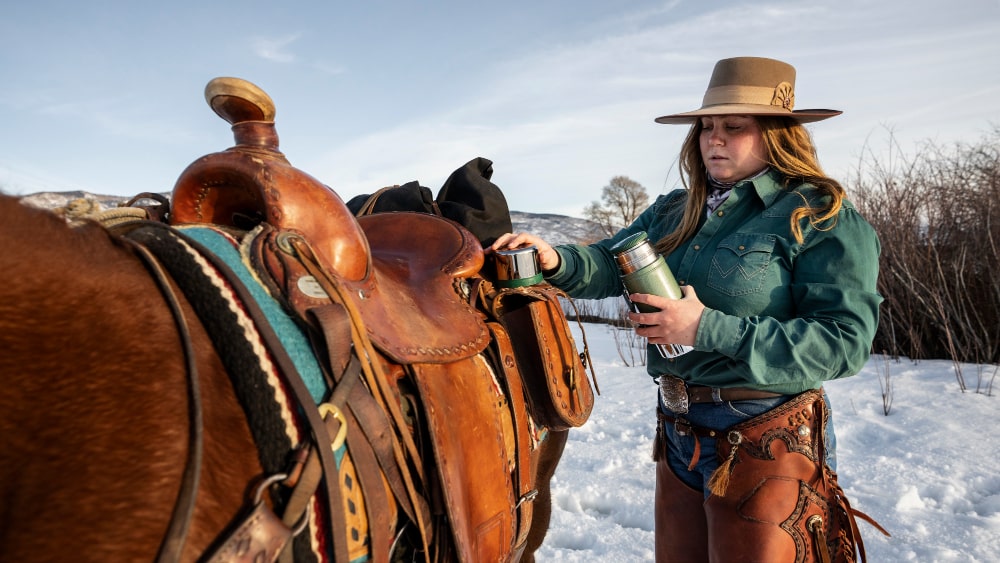
Ranch Saddle vs. Roping Saddle: ...

Round Pen vs Square Pen ...

Must Have Horse Trailer Accessories: ...
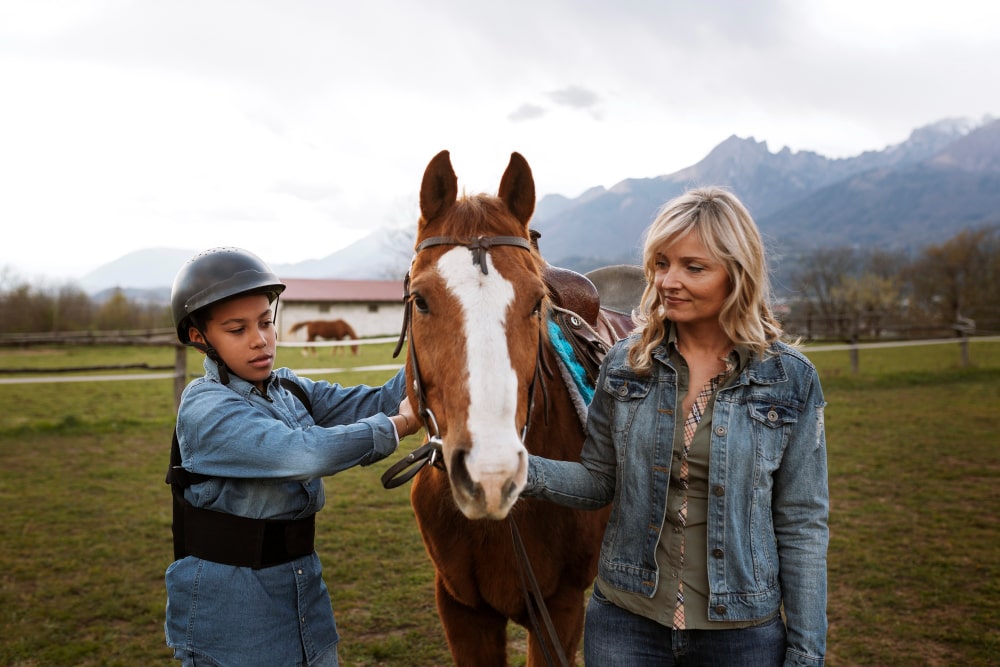
Is MIPS Worth for Equestrian?...

Natural Horsemanship vs Positive Reinforcement: ...

How to Mount a Horse ...
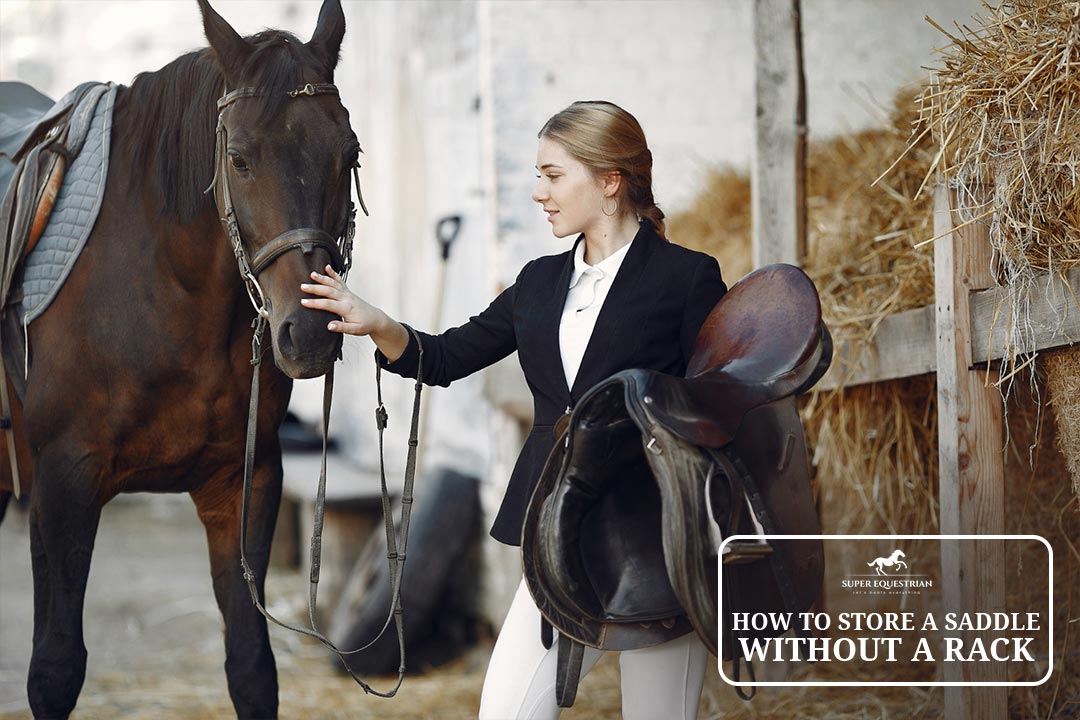
How to Store a Saddle ...

Why are Stirrups Important in ...
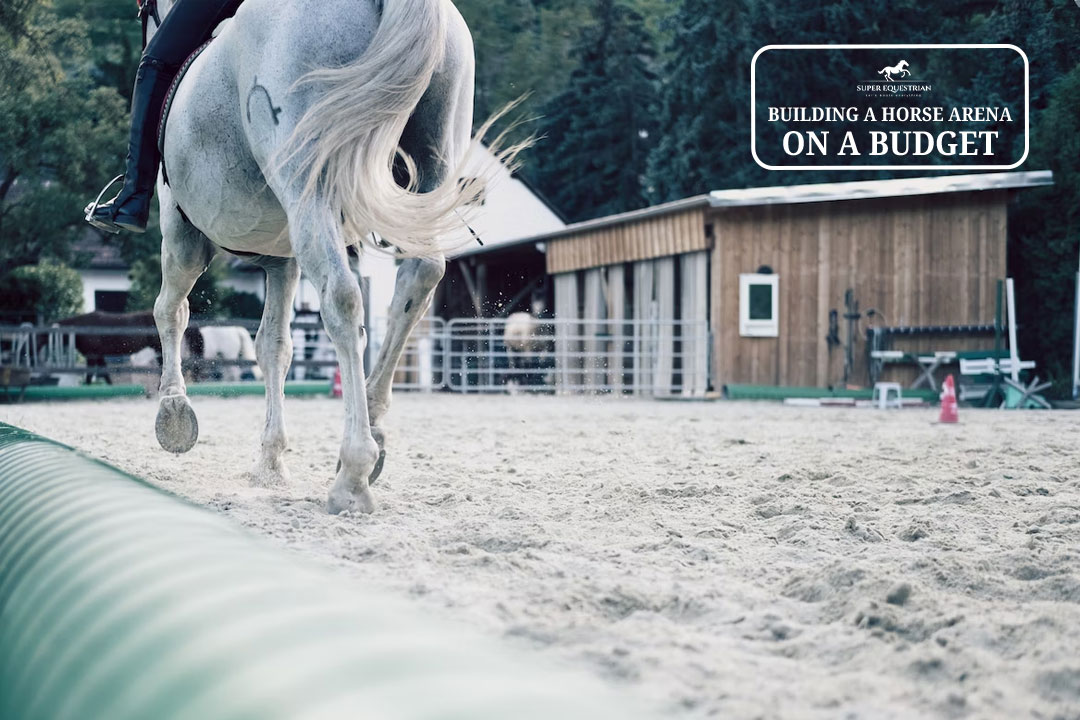
Building a Horse Arena on ...

How to Make Horse Treats ...

Order of Grooming a Horse...

Horse Riding Lessons Plan: The ...

Horse Trailer Roof Replacement and ...
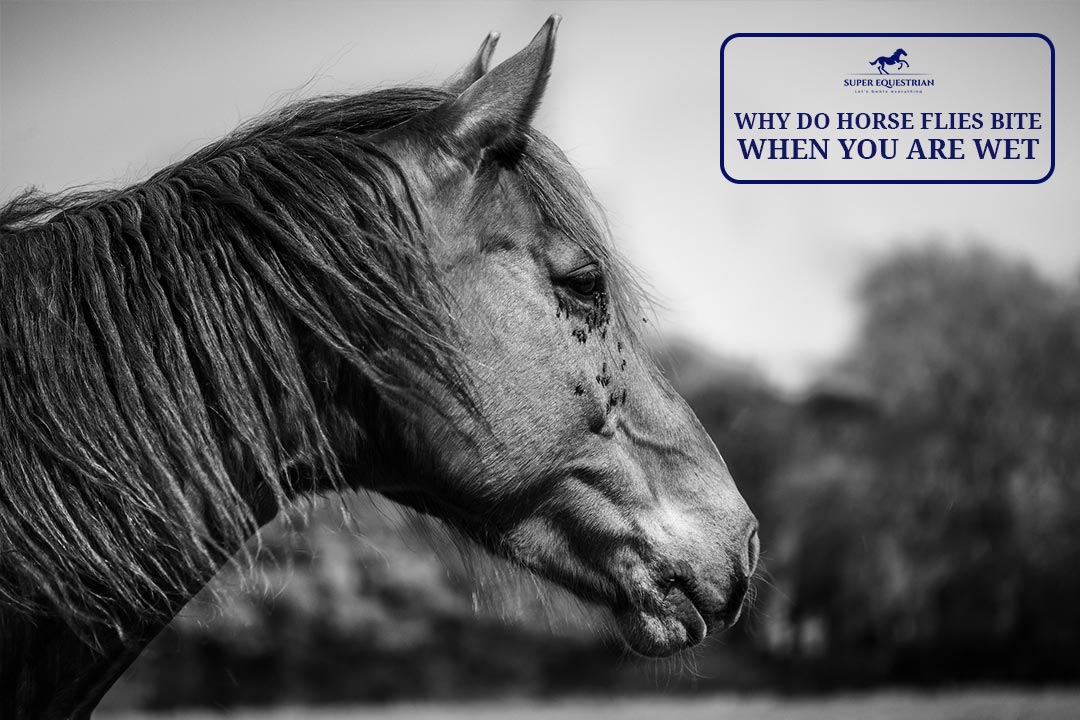
Why Do Horse Flies Bite ...
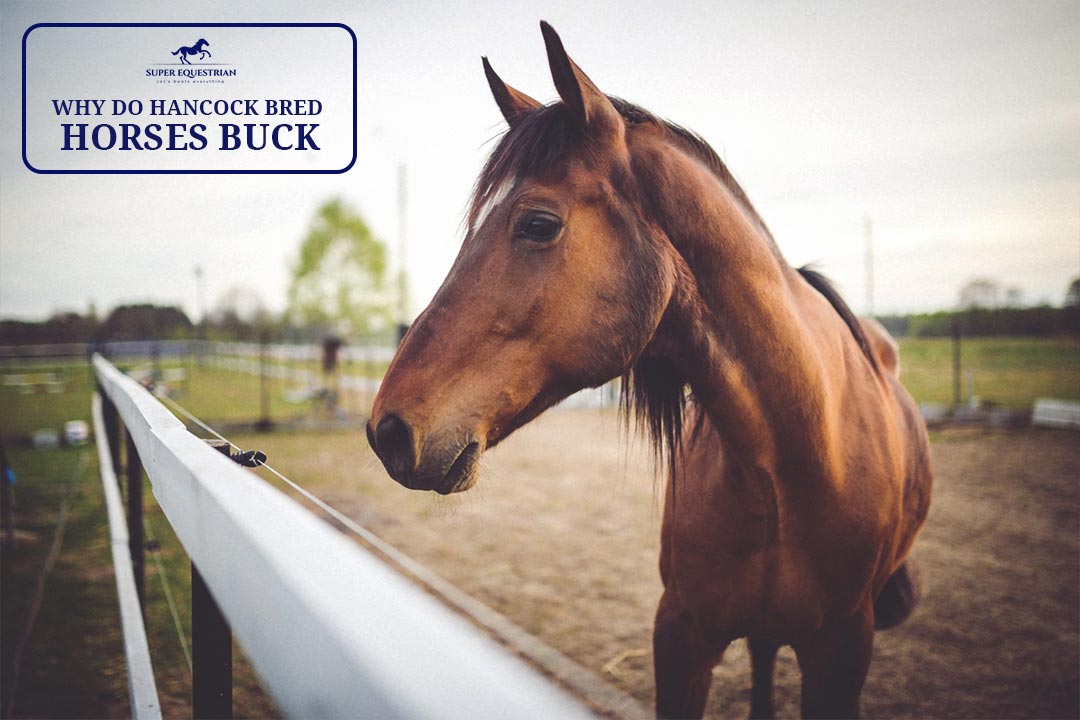
Why Do Hancock Bred Horses ...

Quarter Horse Bloodlines to Avoid...
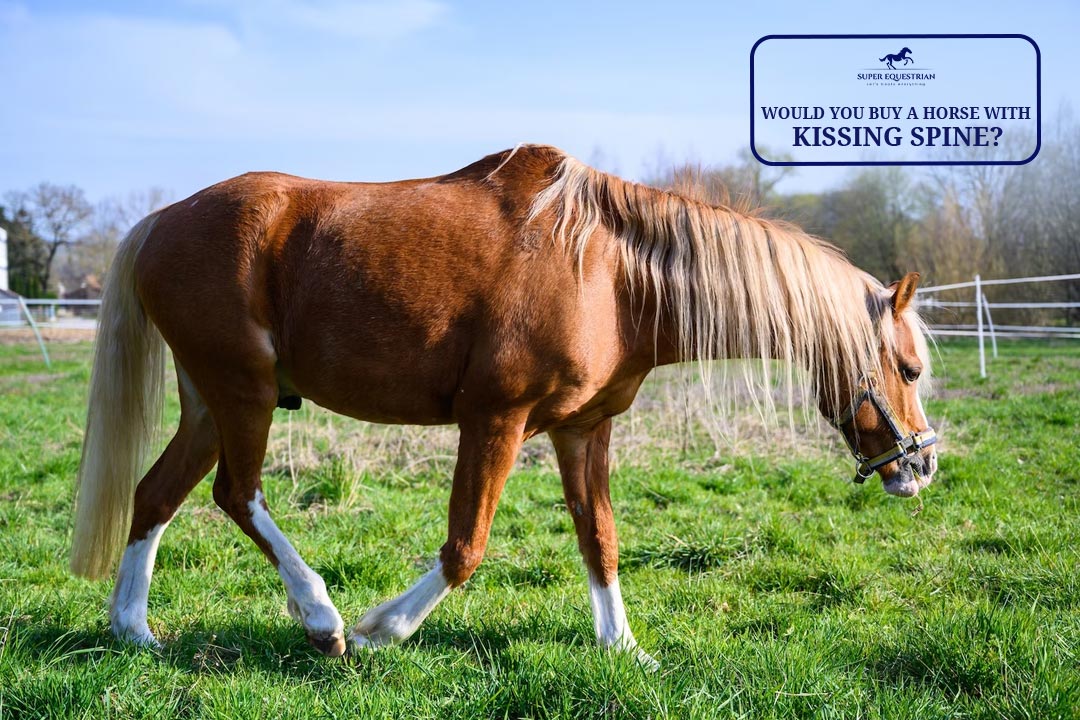
Would You Buy a Horse ...

Why Do Horses Allow Us ...
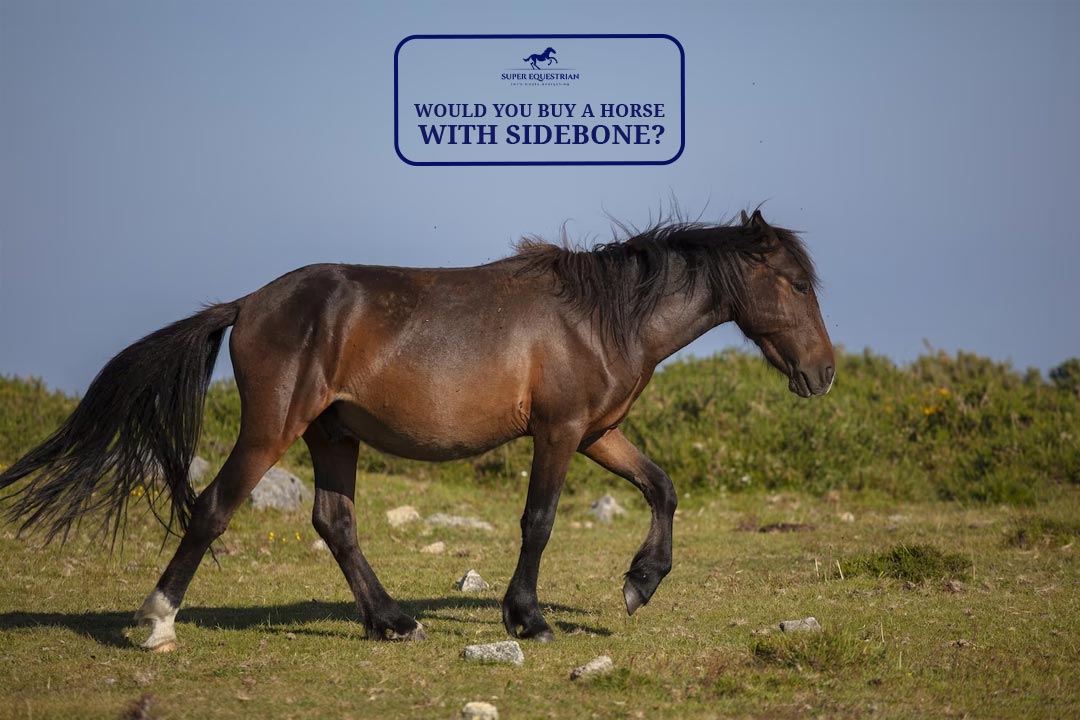
Would you buy a horse ...

Why Are Klapper Bits So ...
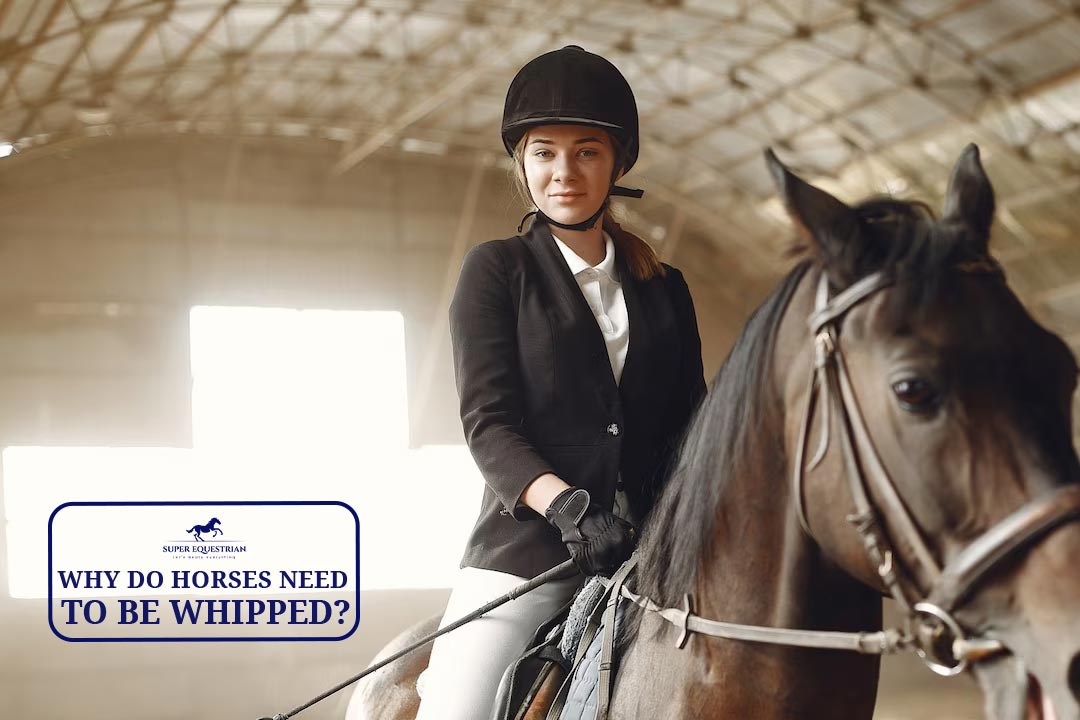
Why do horses need to ...

Why do you mount a ...
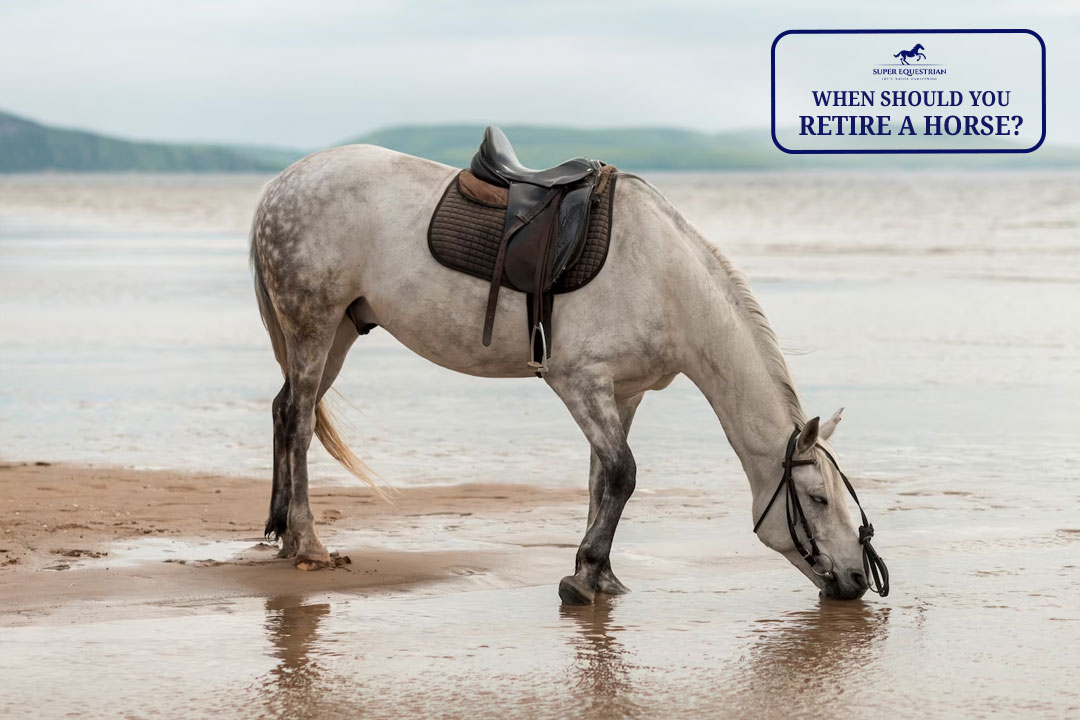
When Should You Retire A ...

Why Are Horses Whipped When ...
.jpg)
Why Do Horses Have A ...
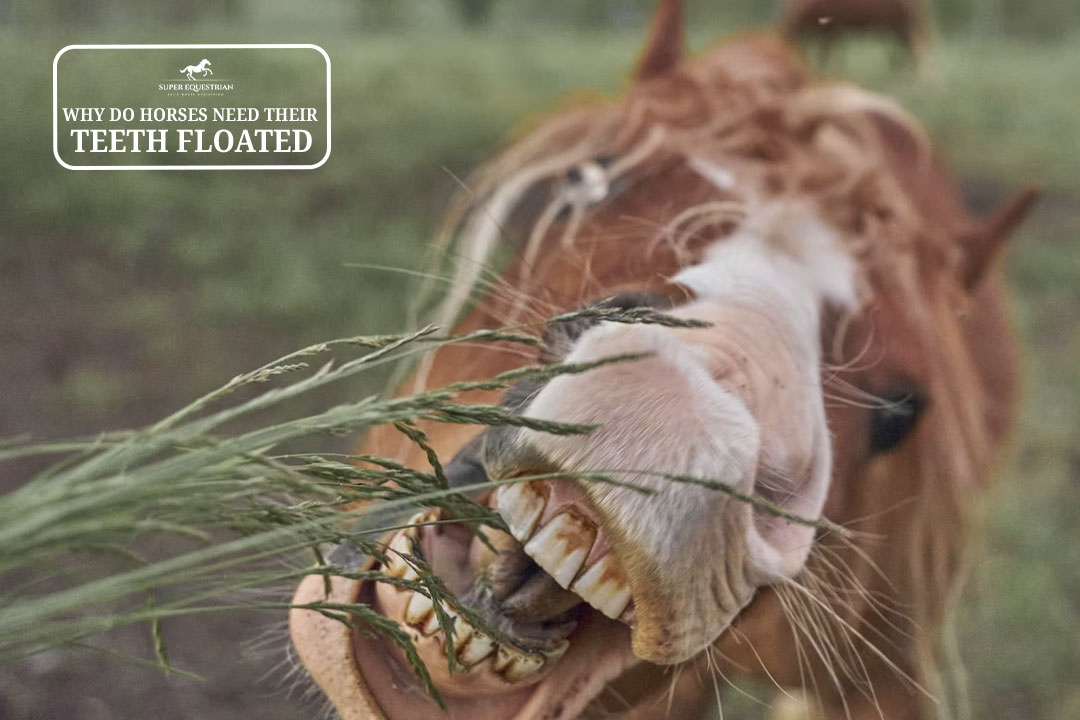
Why Do Horses Need Their ...

What To Do If Horse ...

What To Do If A ...
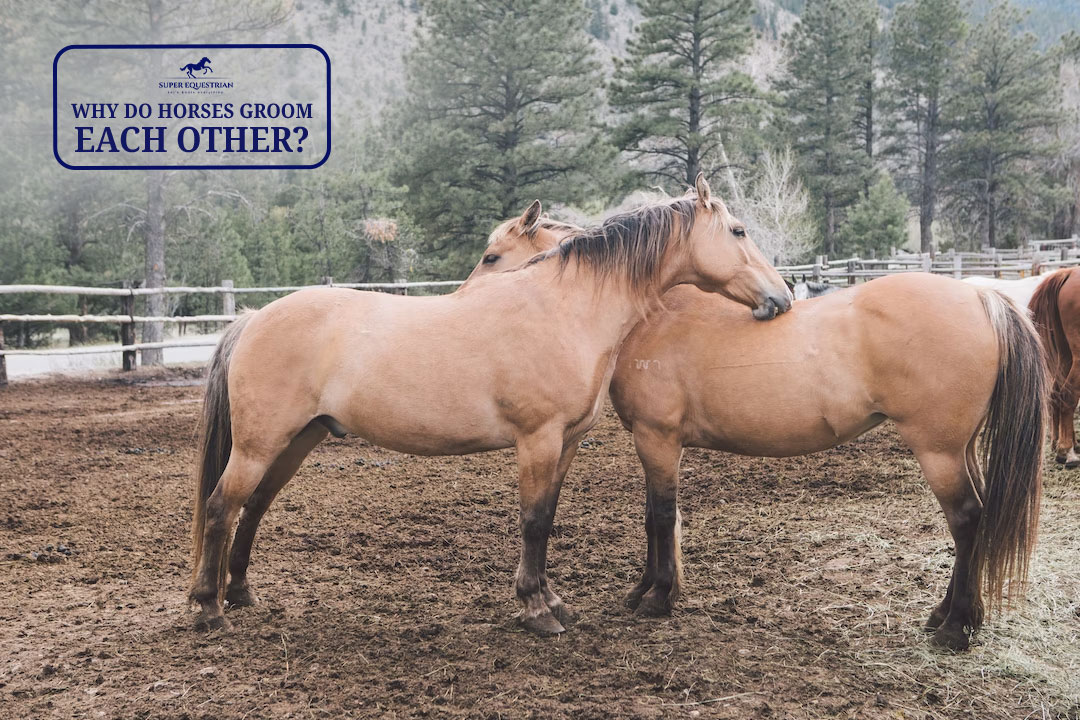
Why do horses groom each ...
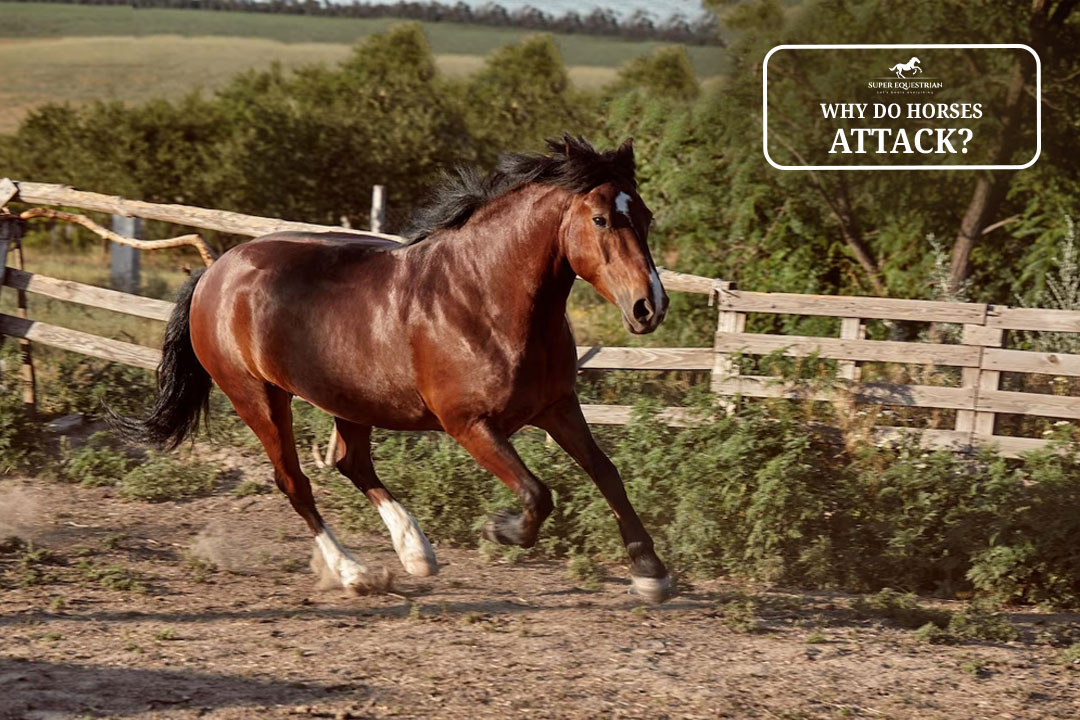
Why do horses attack...

Should I Use a Martingale ...

How to fit bell boots ...
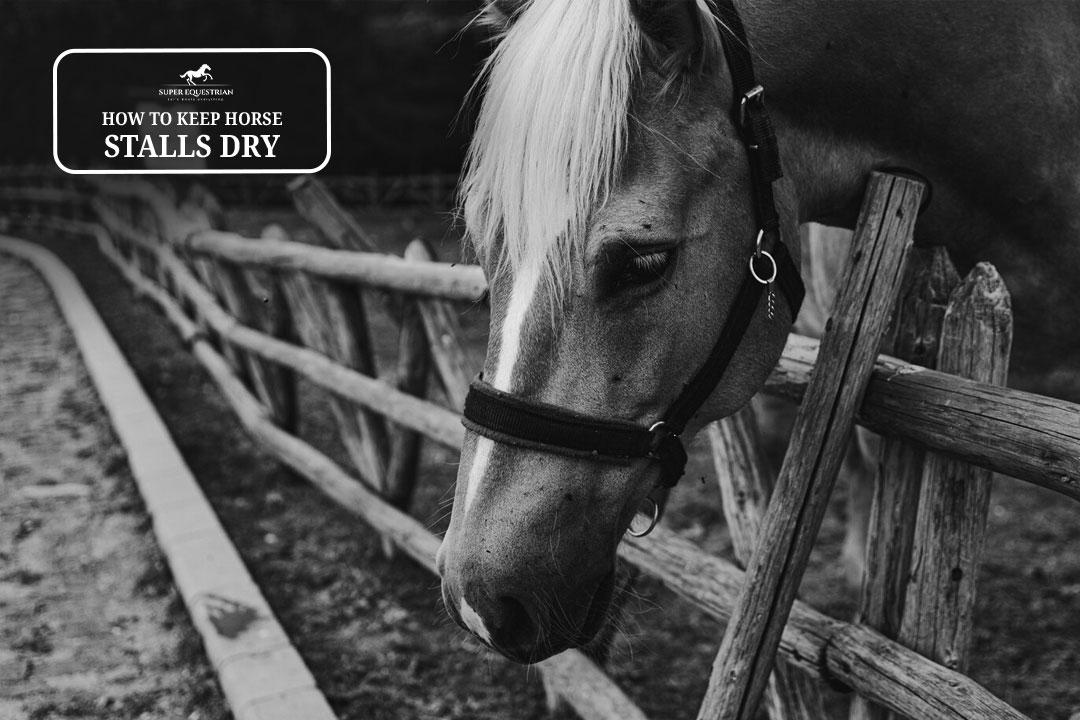
How To Keep Horse Stalls ...
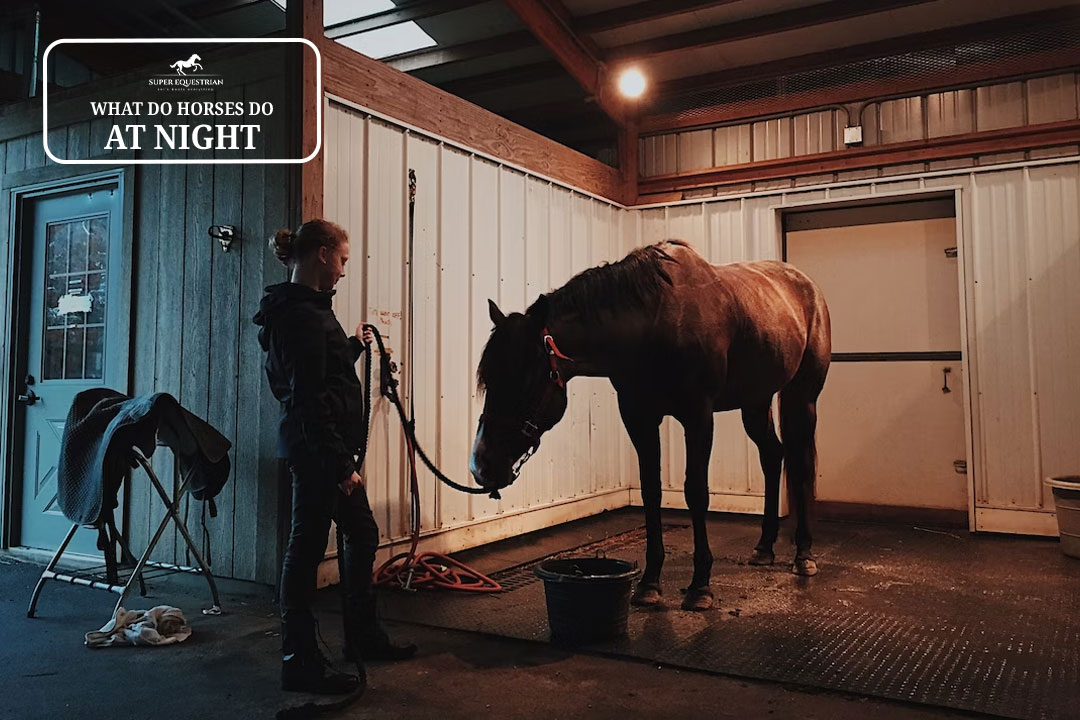
What Do Horses Do At ...
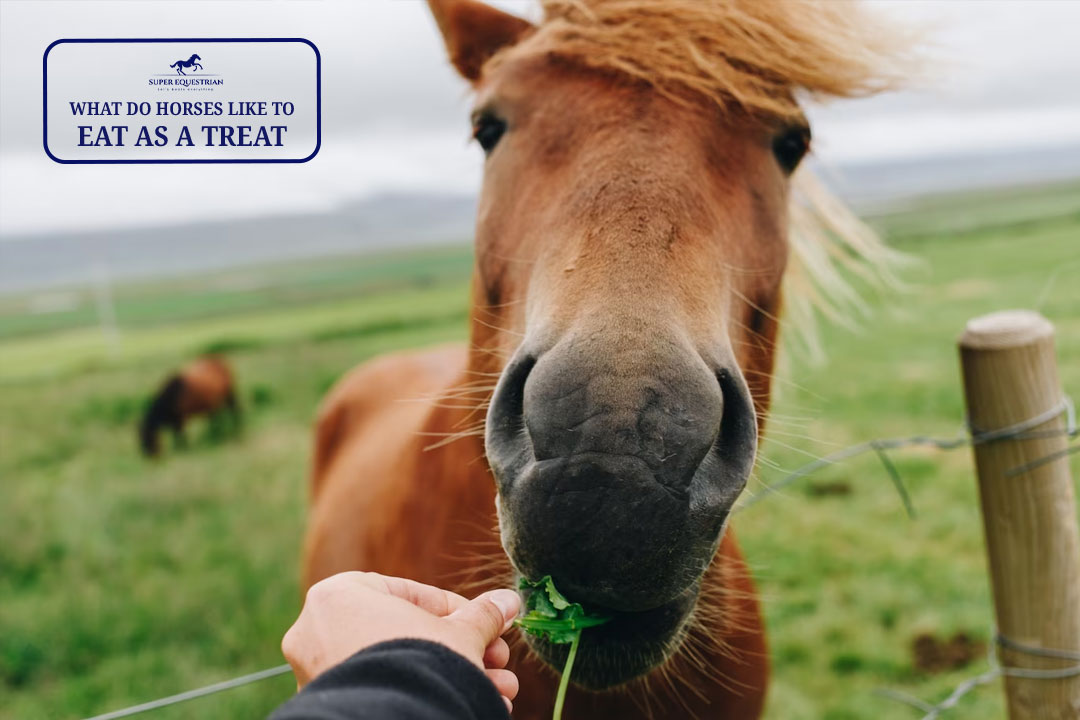
What do horses like to ...

Why do wild horses get ...
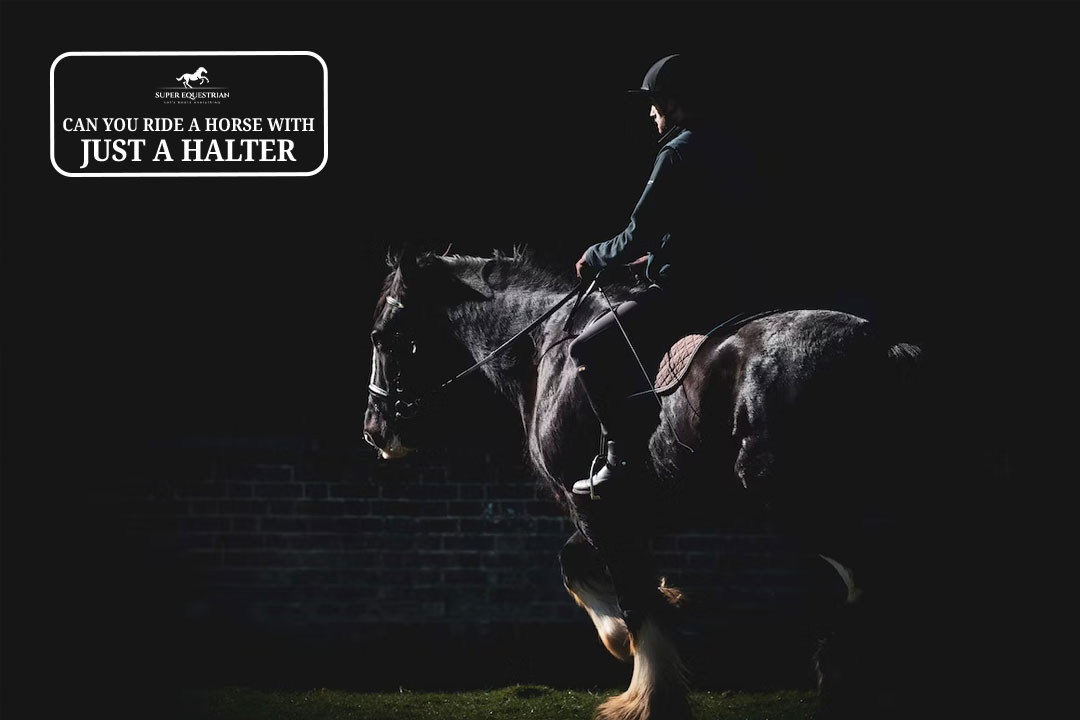
Can you ride a horse ...
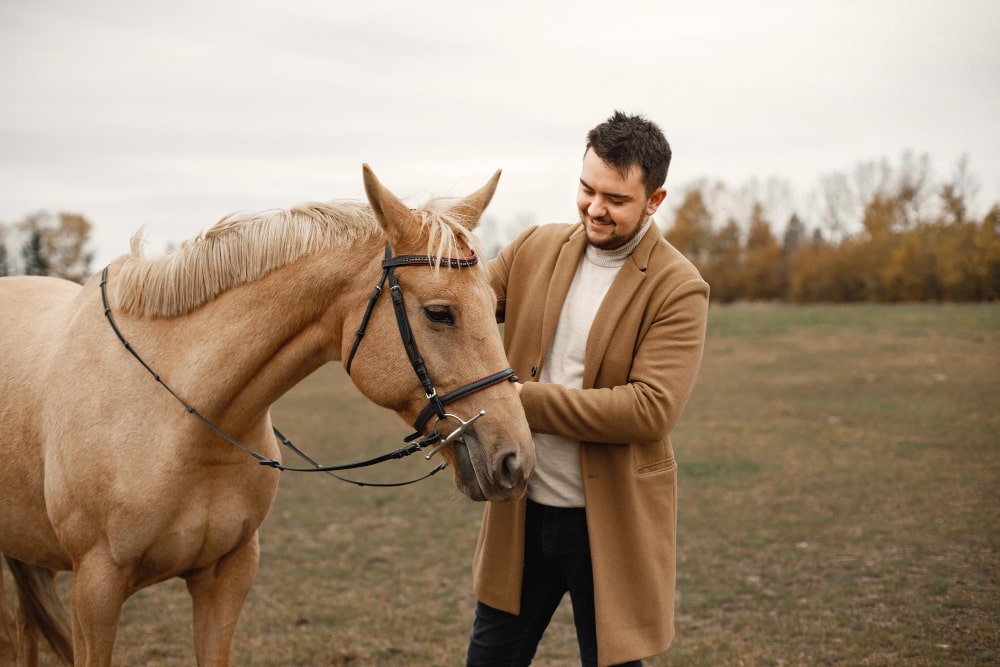
Are horses protective of their ...

Why racking horses are popular ...
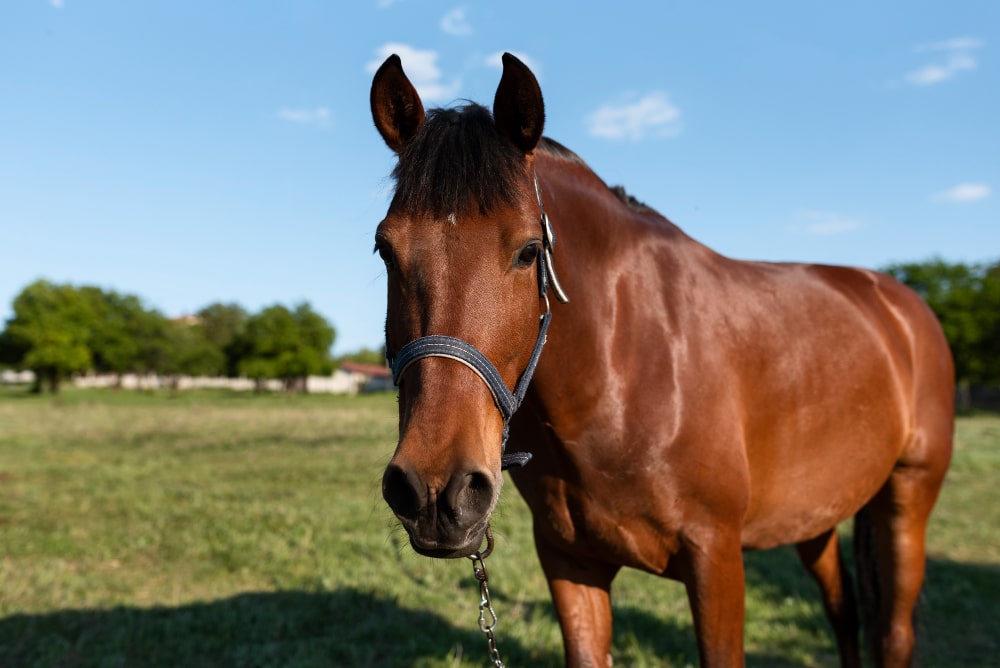
How To Keep Horses Off ...
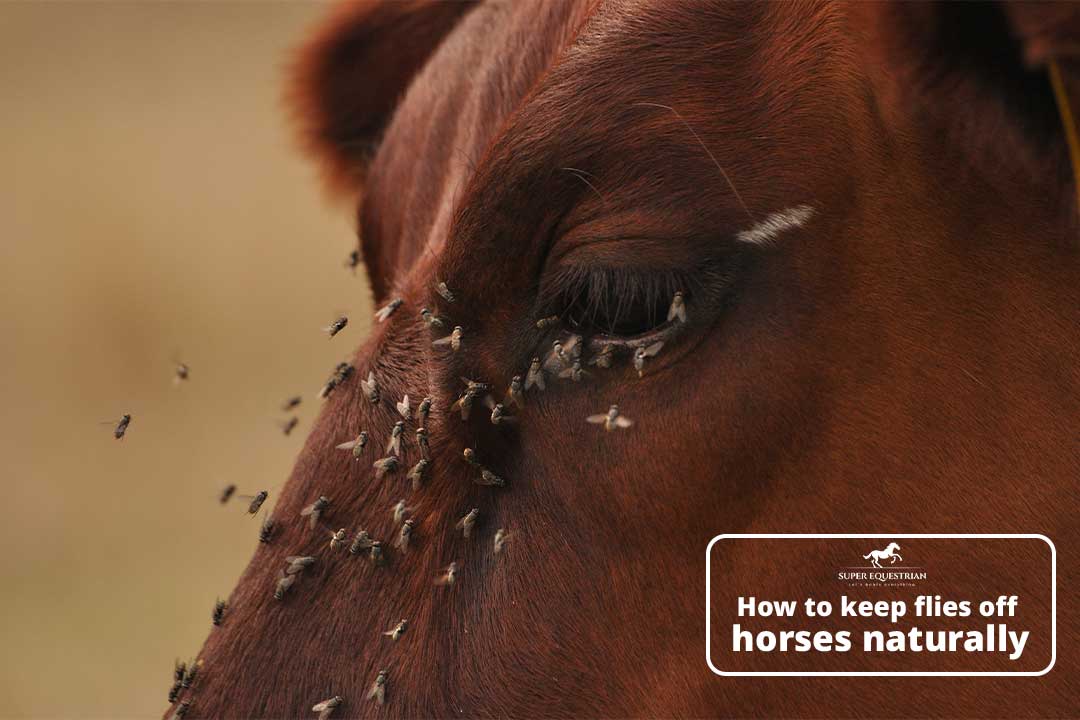
How to Keep Flies Off ...

Pros and Cons Using A ...
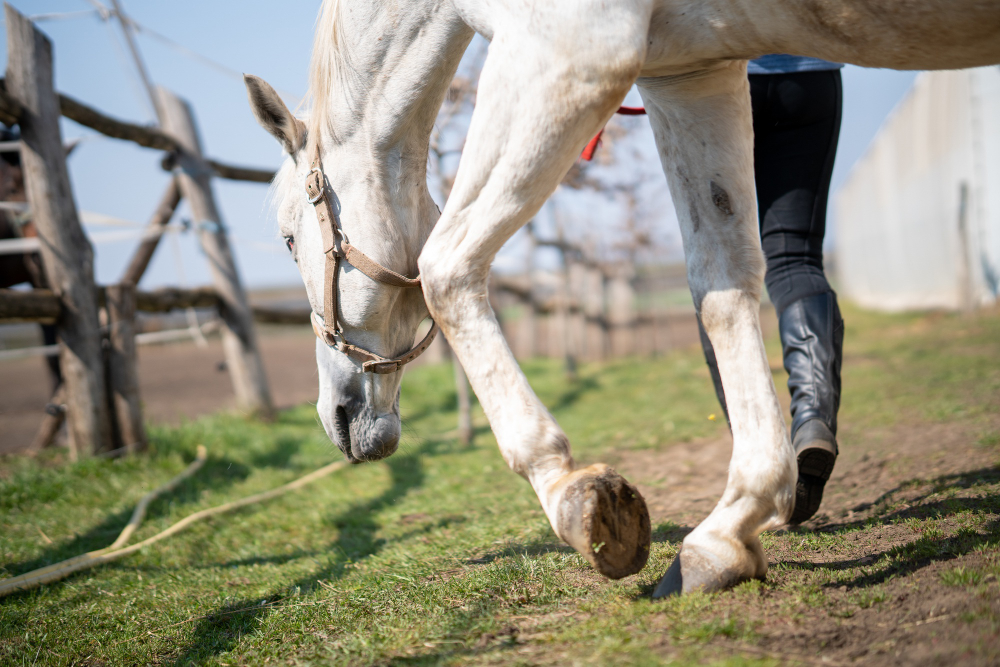
Can you ride a horse ...

Why are Corriente saddles so ...
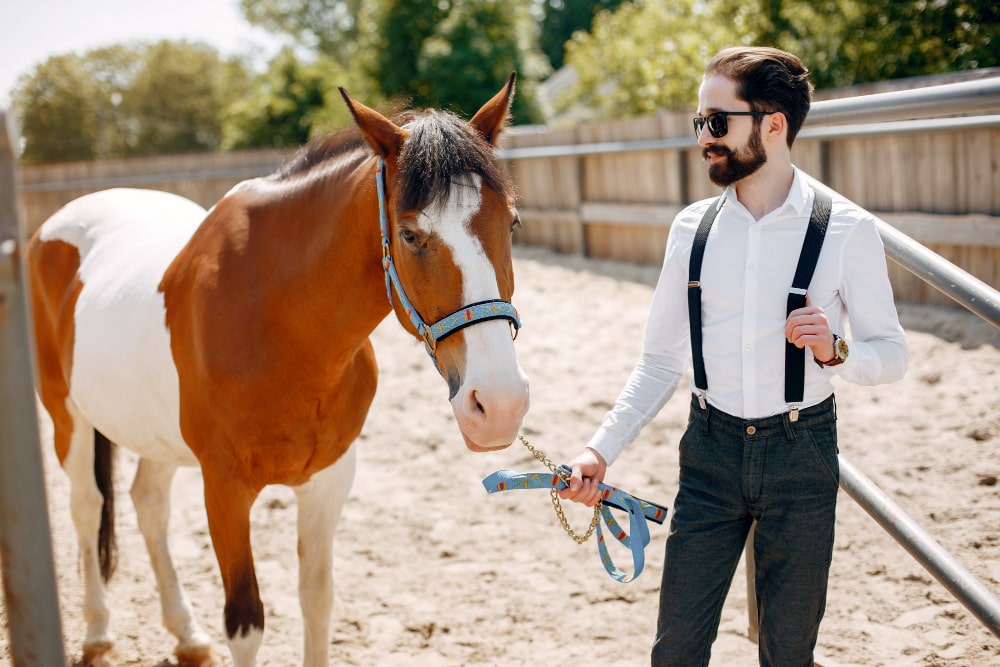
Pros and cons of equine ...
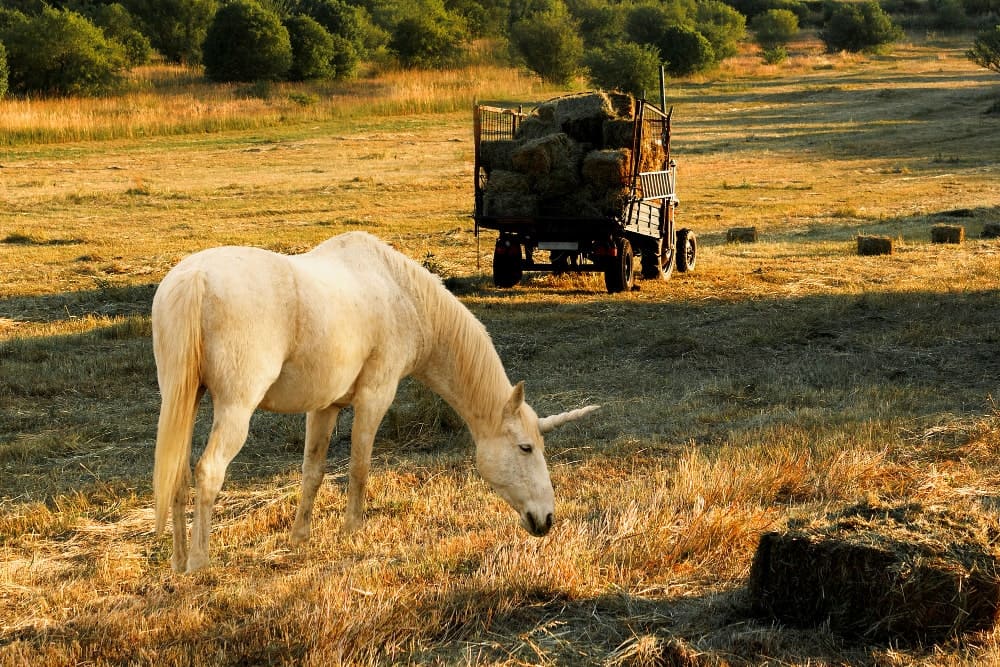
How Long After Mowing Can ...

How to Care for a ...
.jpg)
Why Do Horses Wear Blinders: ...
.jpg)
How to fit an exercise ...

Why is my horse bucking ...
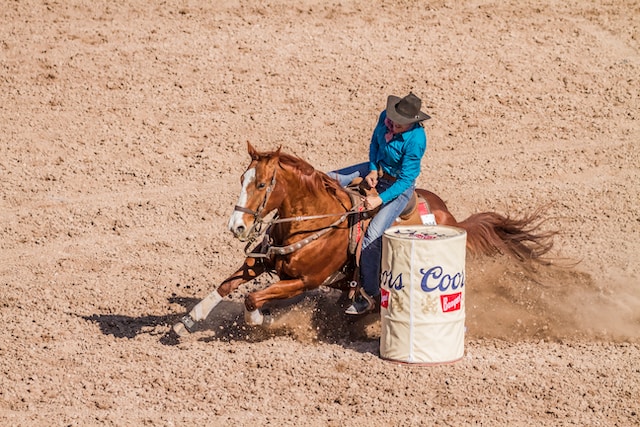
What causes a horse to ...

How to Stop a Horse ...
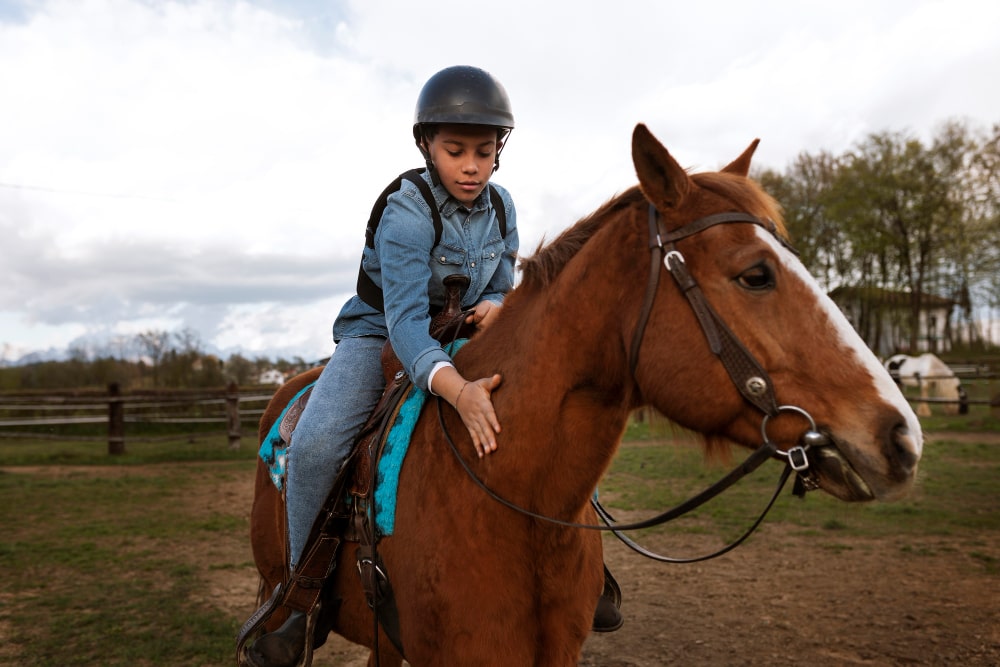
Why Is My Horse Bunny ...
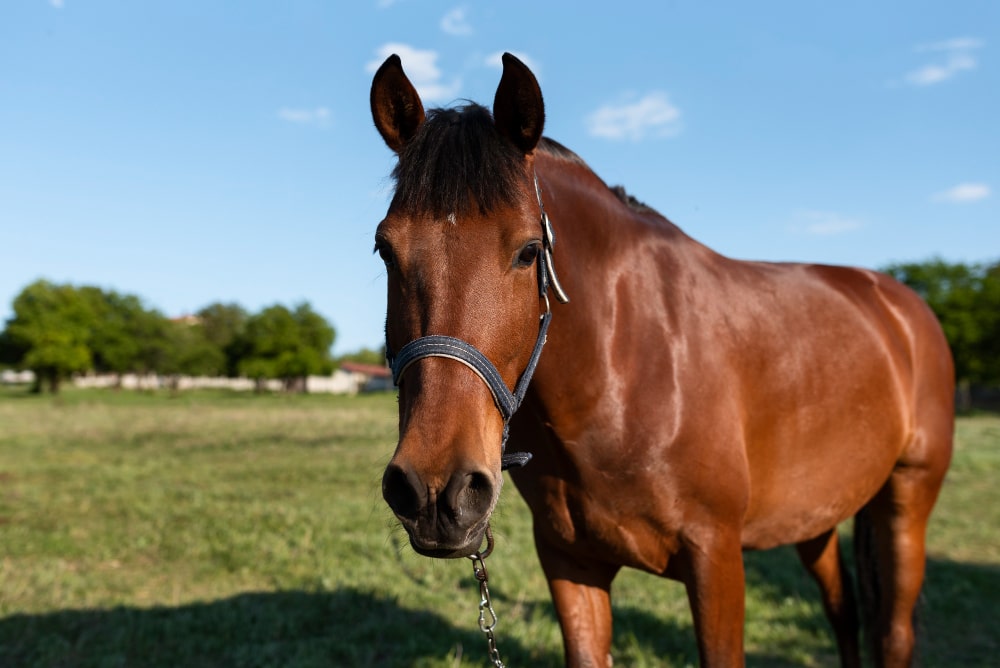
How To Improve Pasture For ...
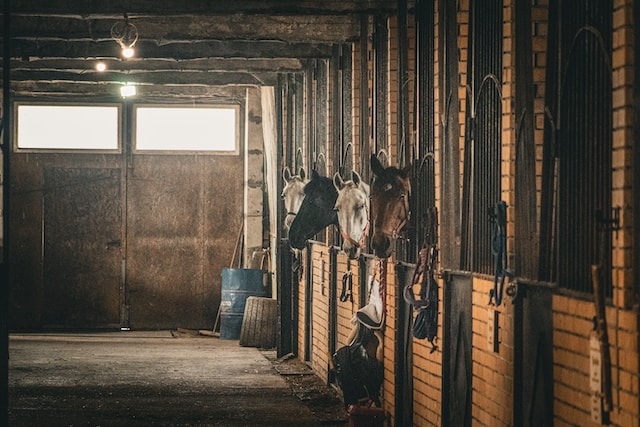
How to get the smell ...

Can you add ramp to ...

What Is The Temperament Of ...
.jpg)
Why Is Friesian Horse Hair ...
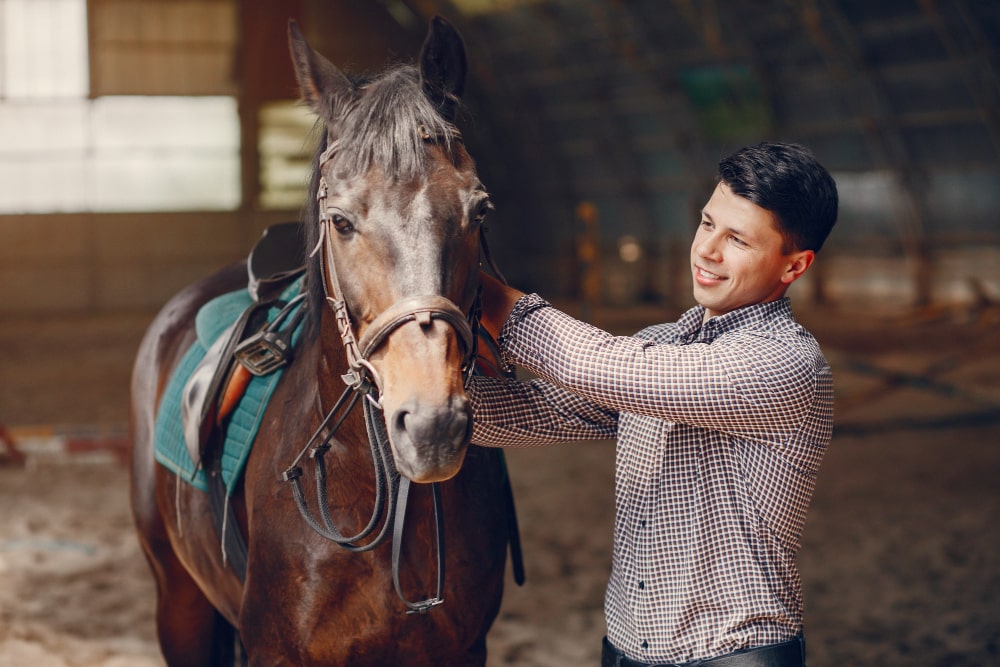
Why is my horse testing ...
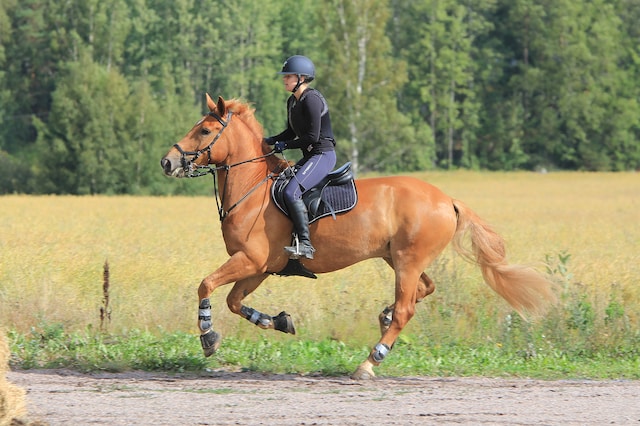
How often you should take ...

How long does it take ...
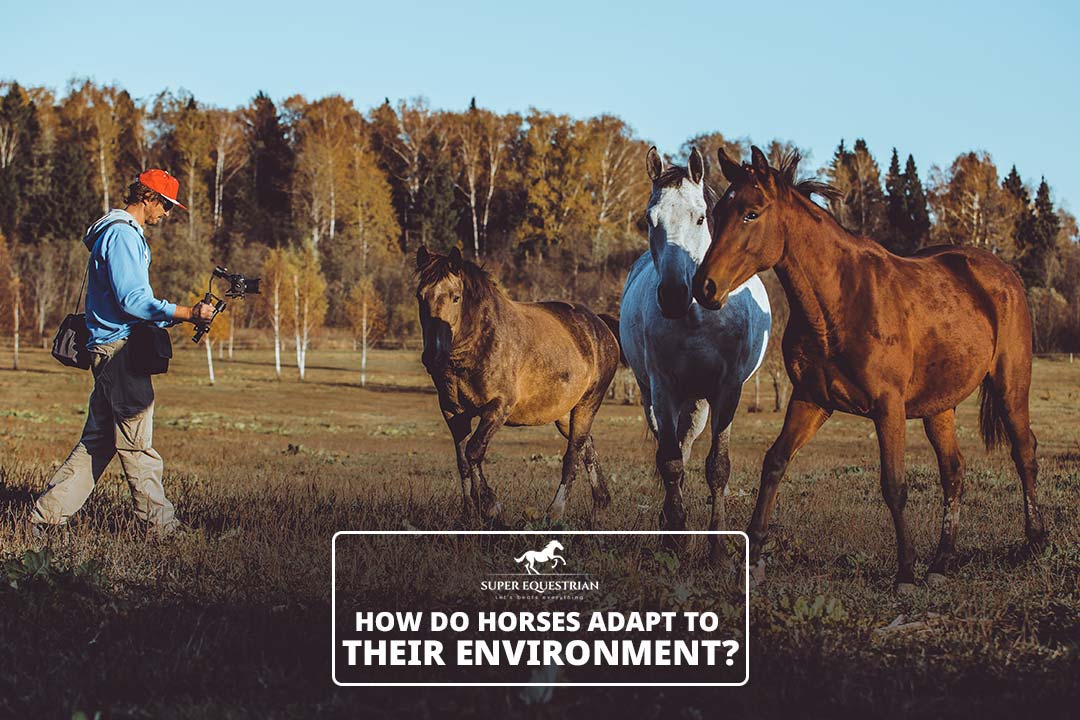
How do horses adapt to ...

How To Prepare For A ...
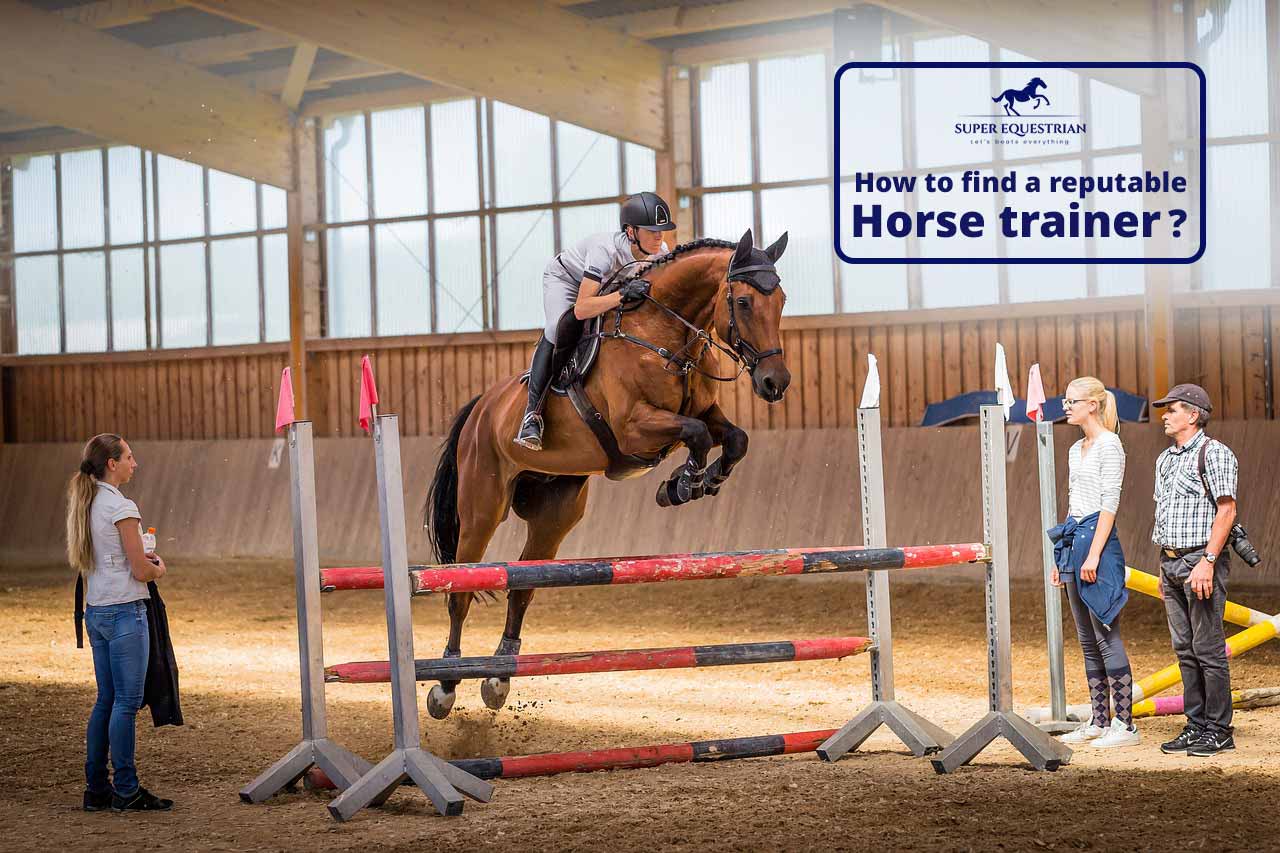
How To Find A Reputable ...
.jpg)
Do Horses Get Medals at ...

How to create a horse-...